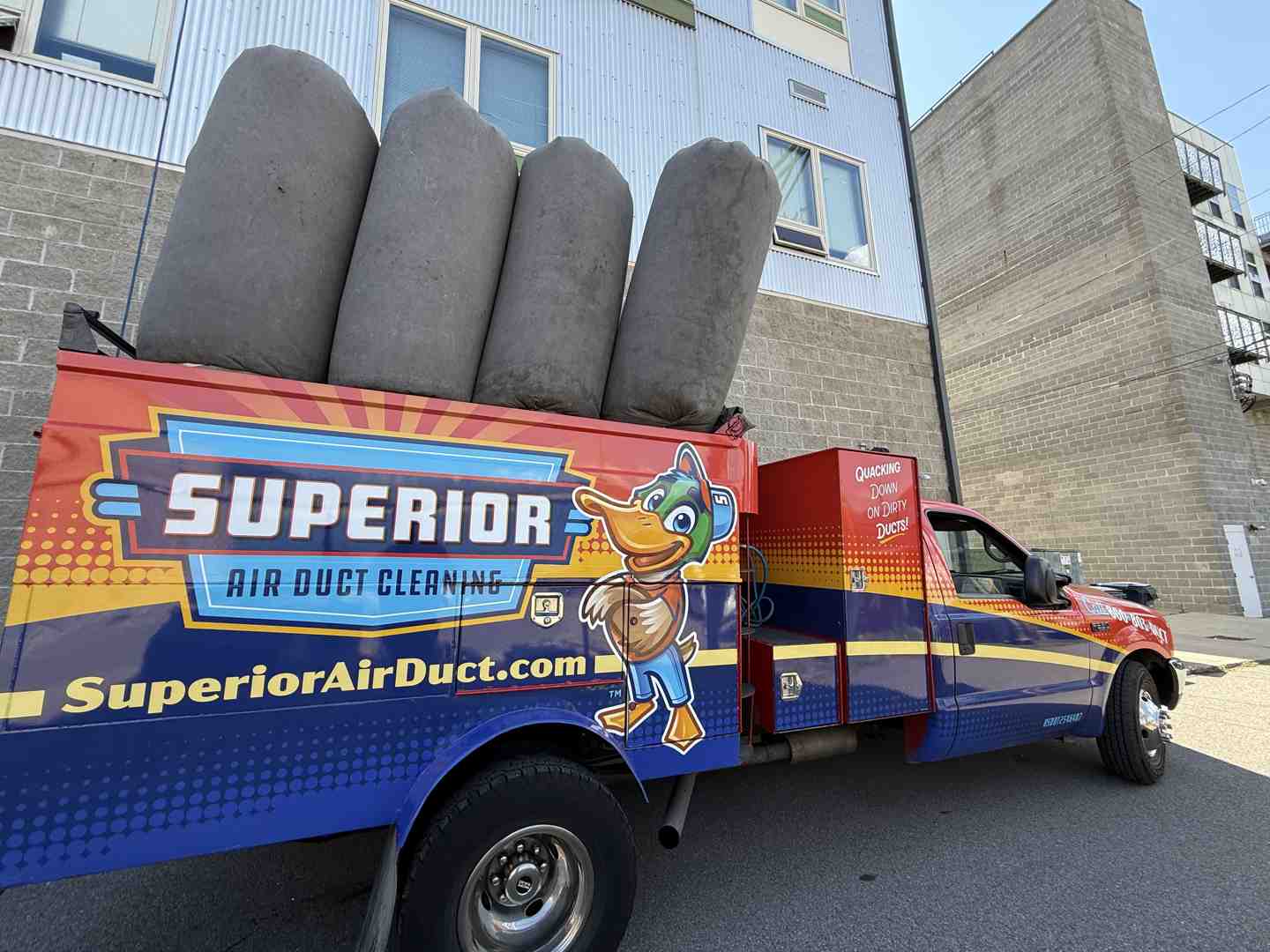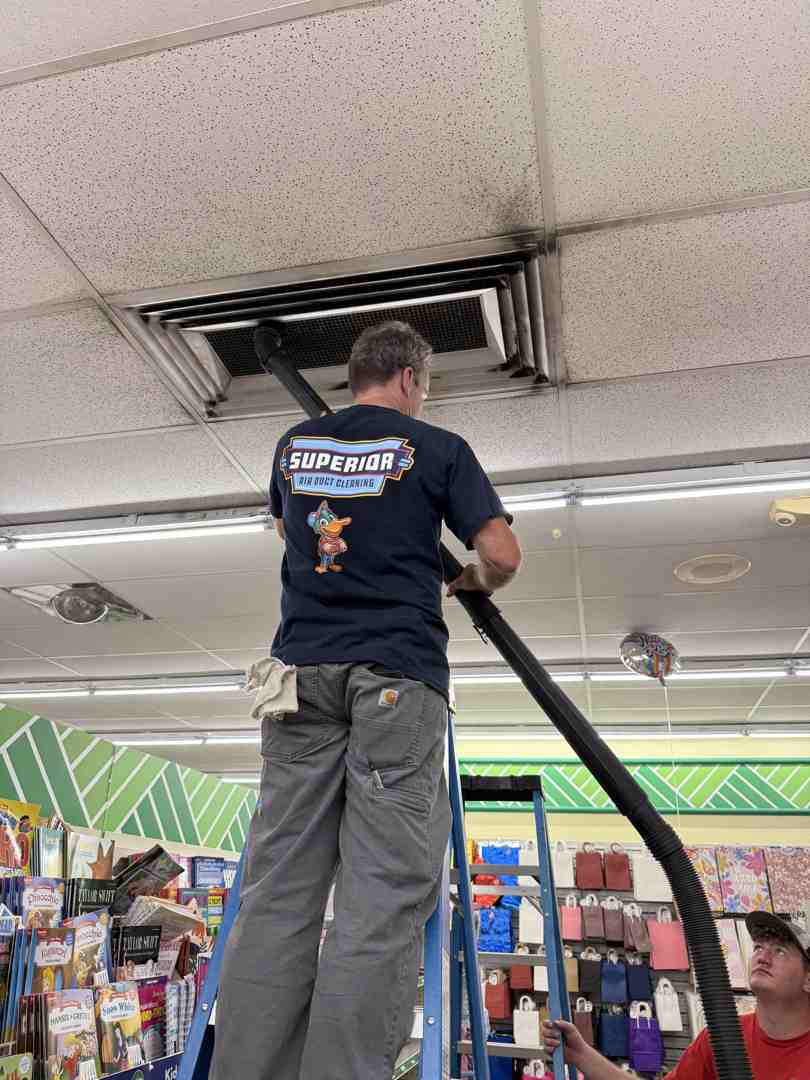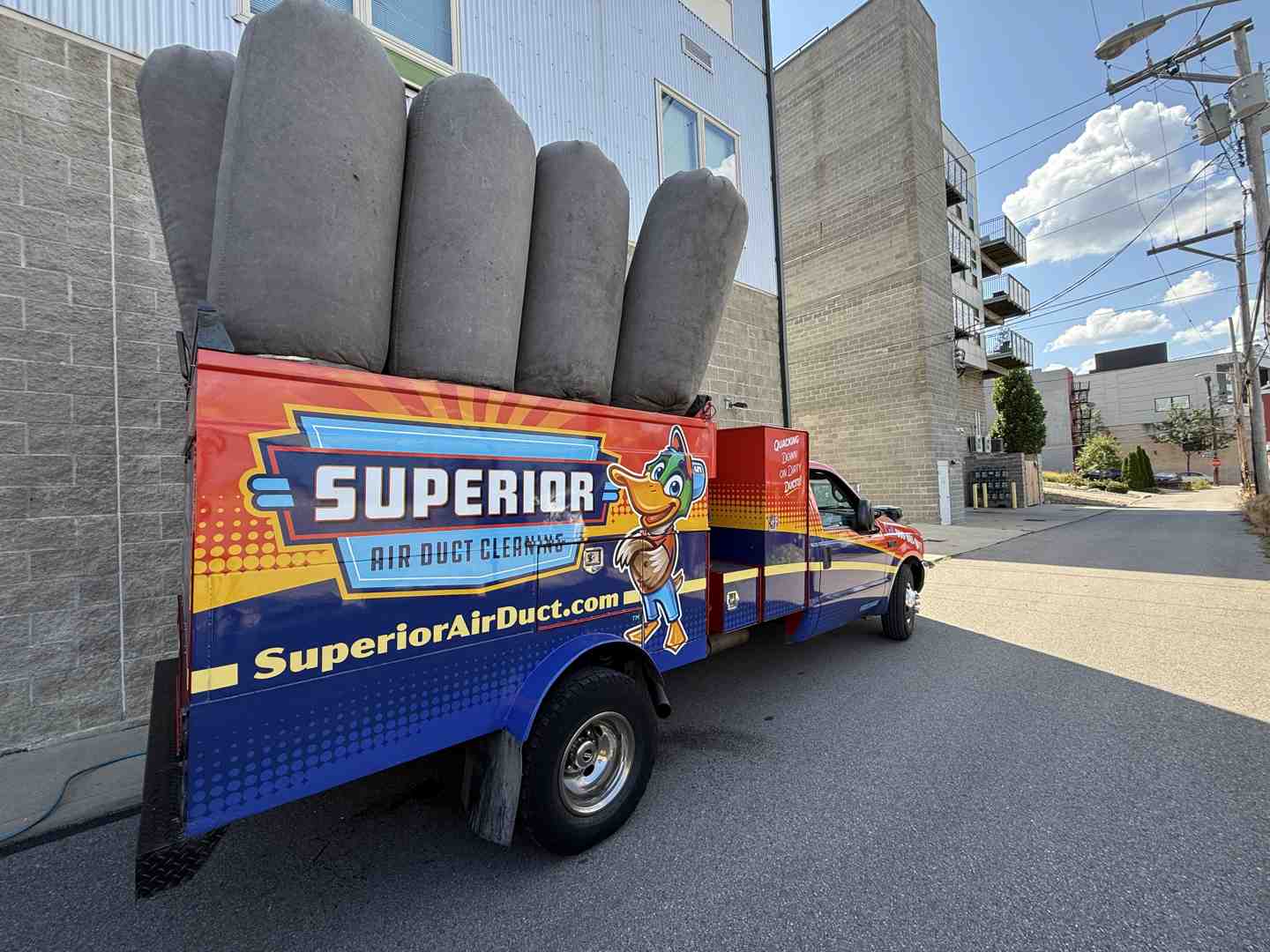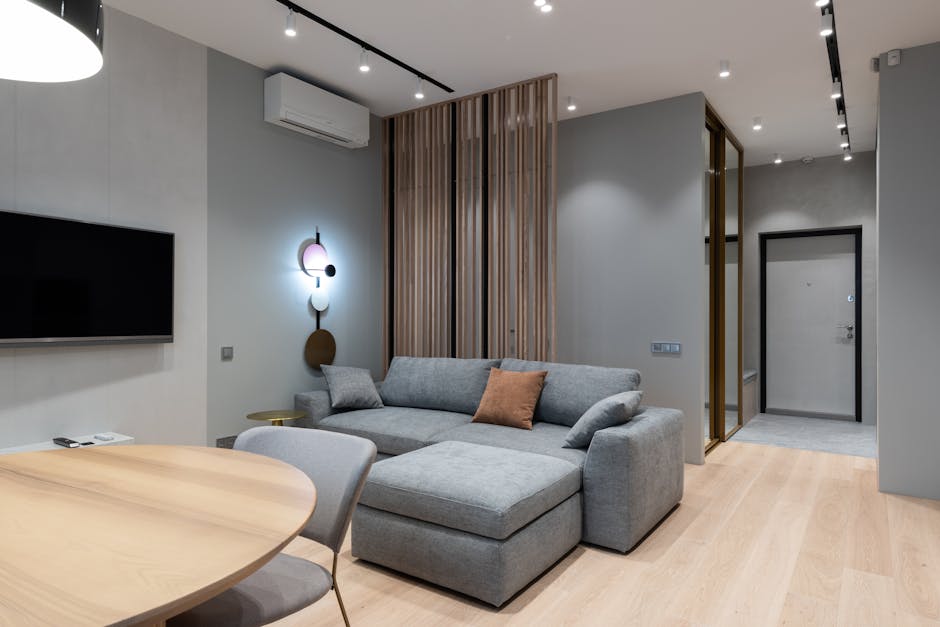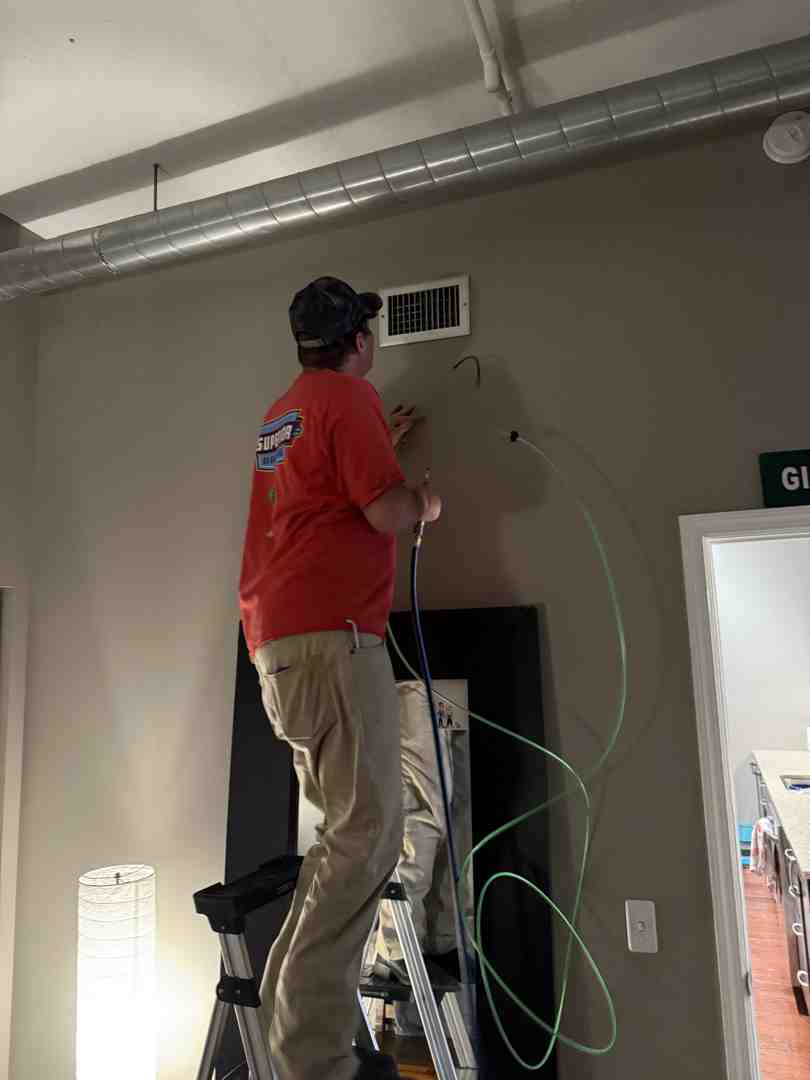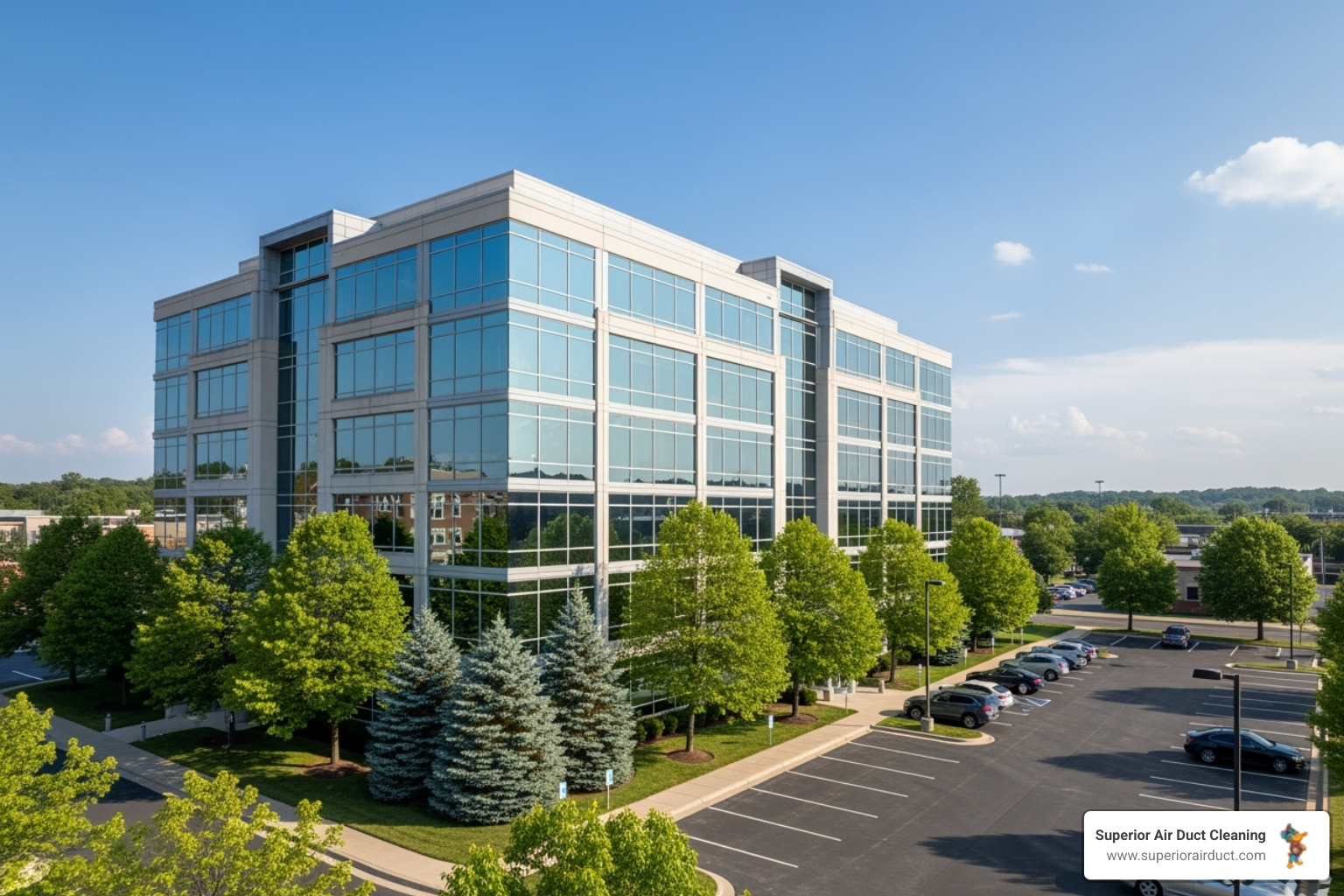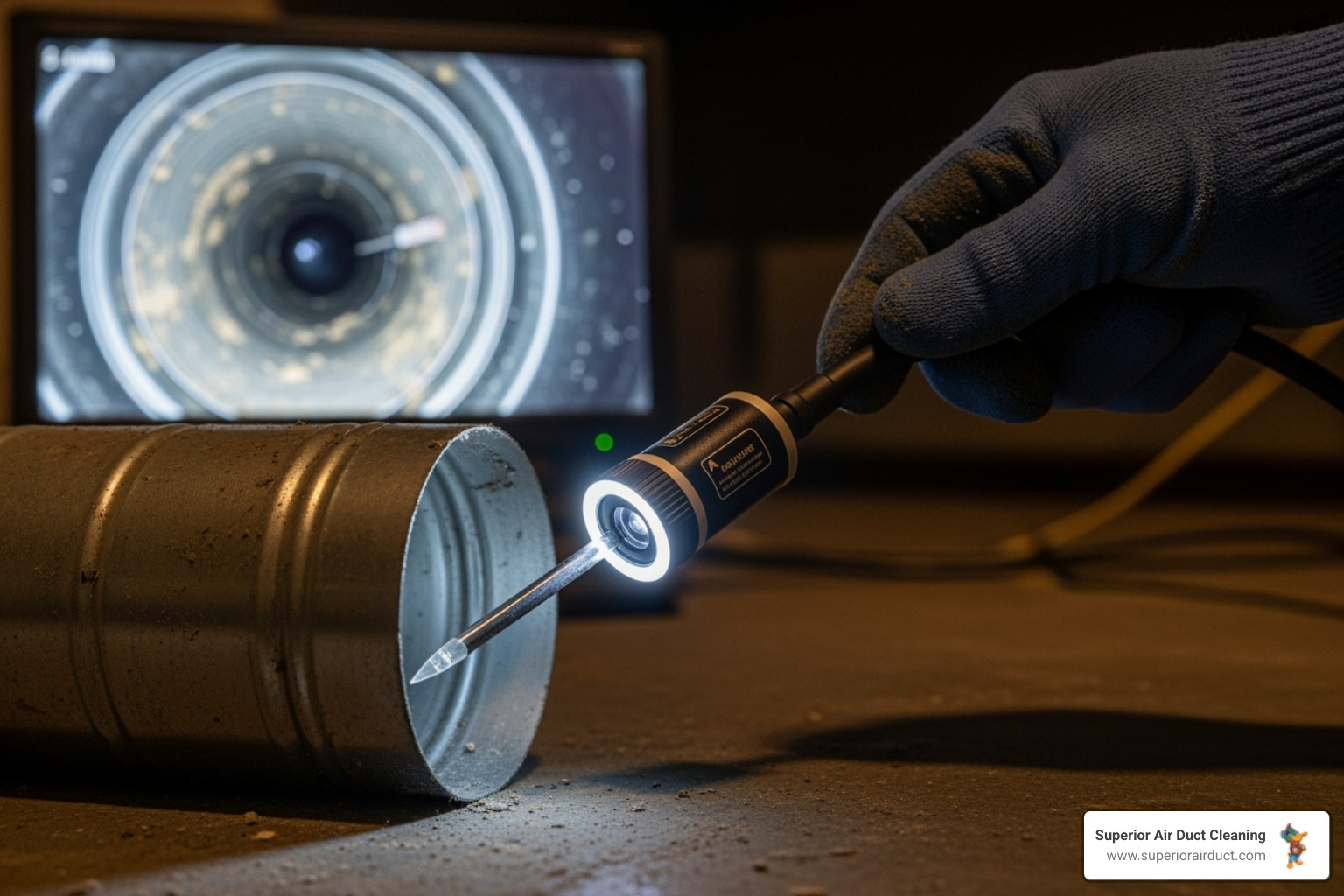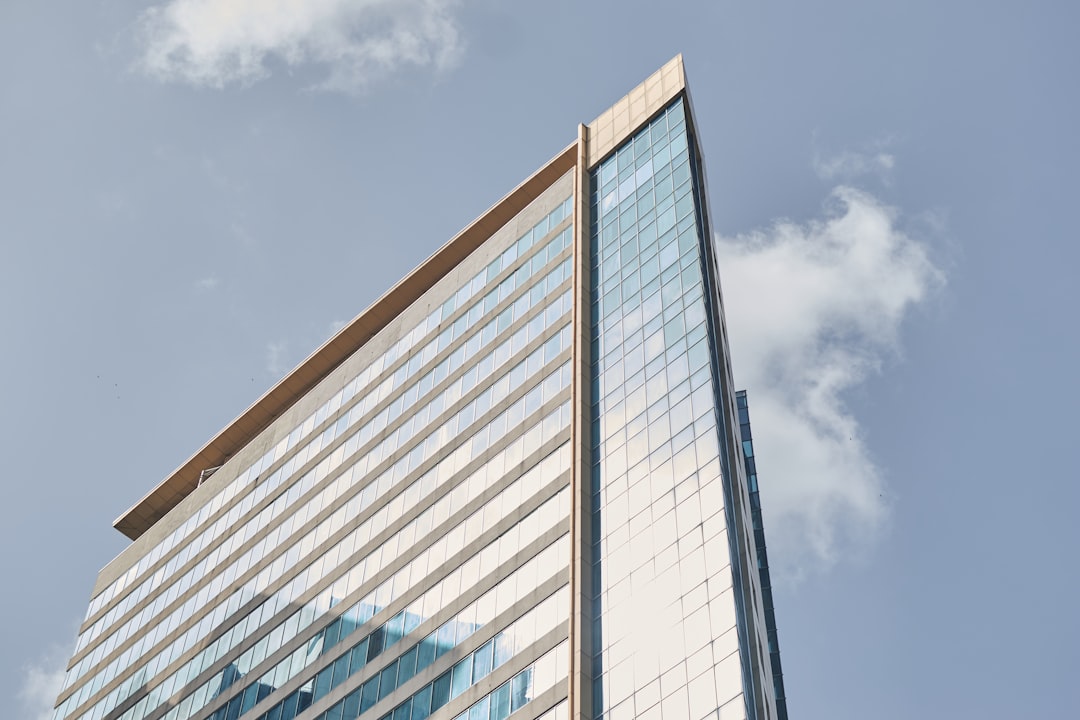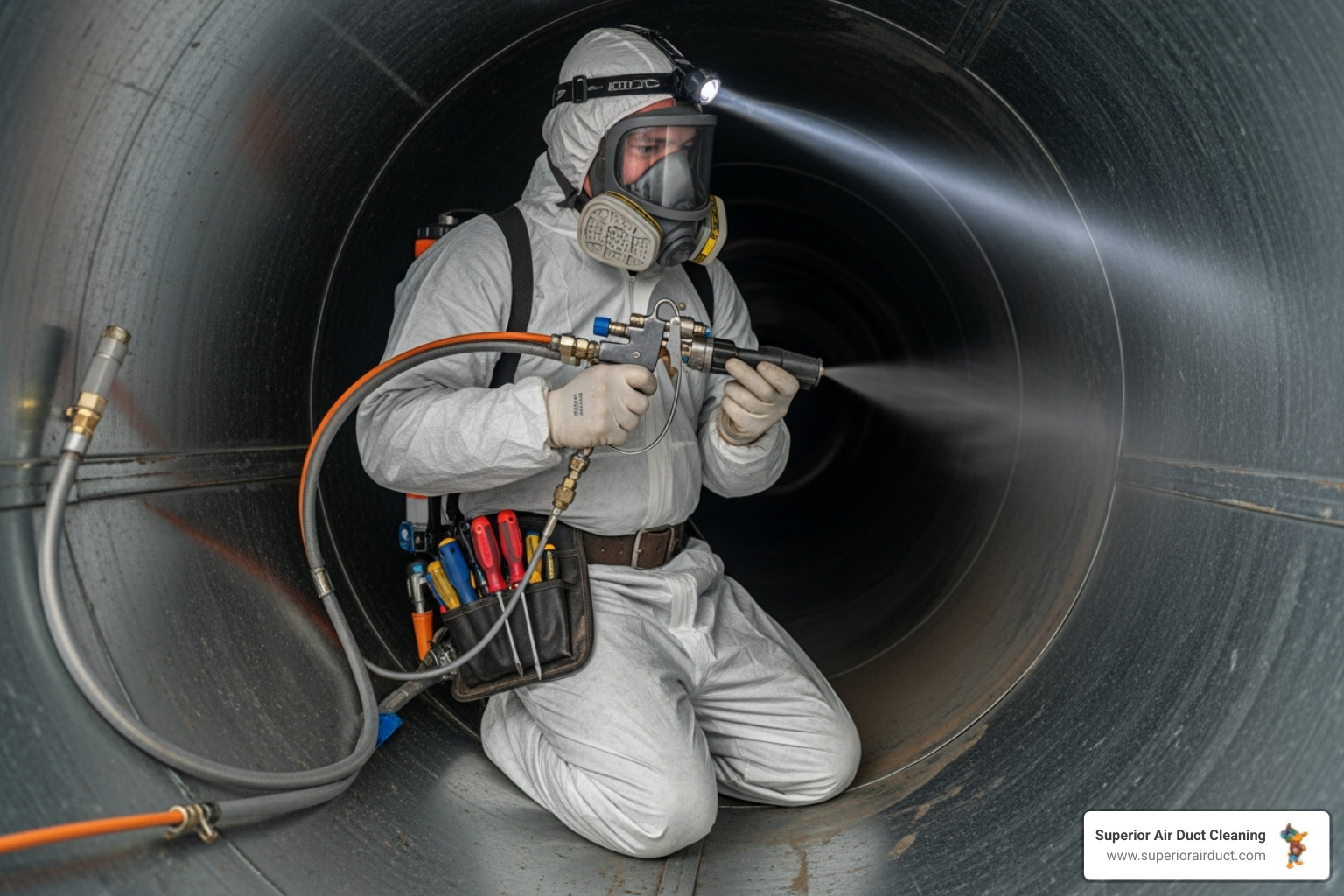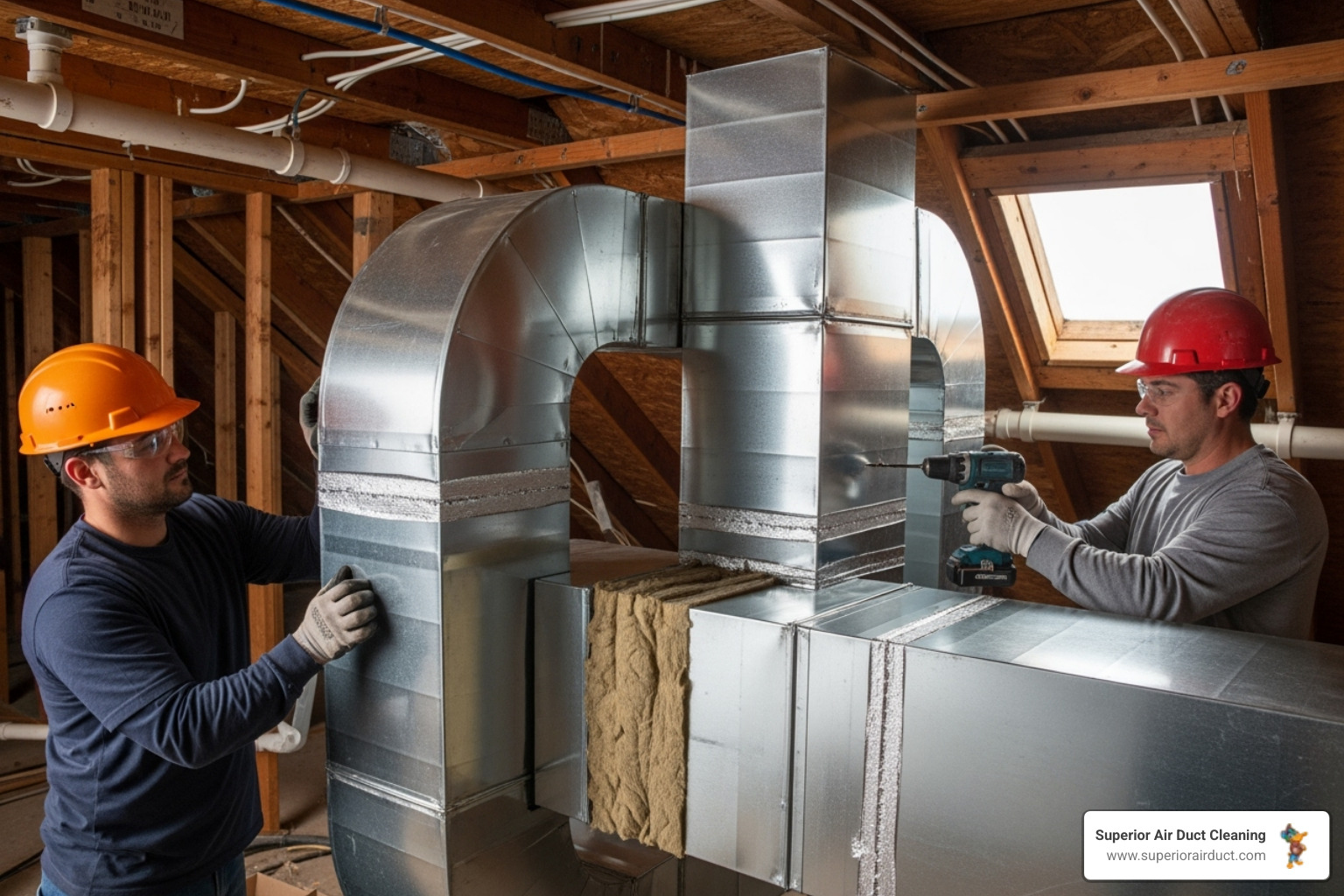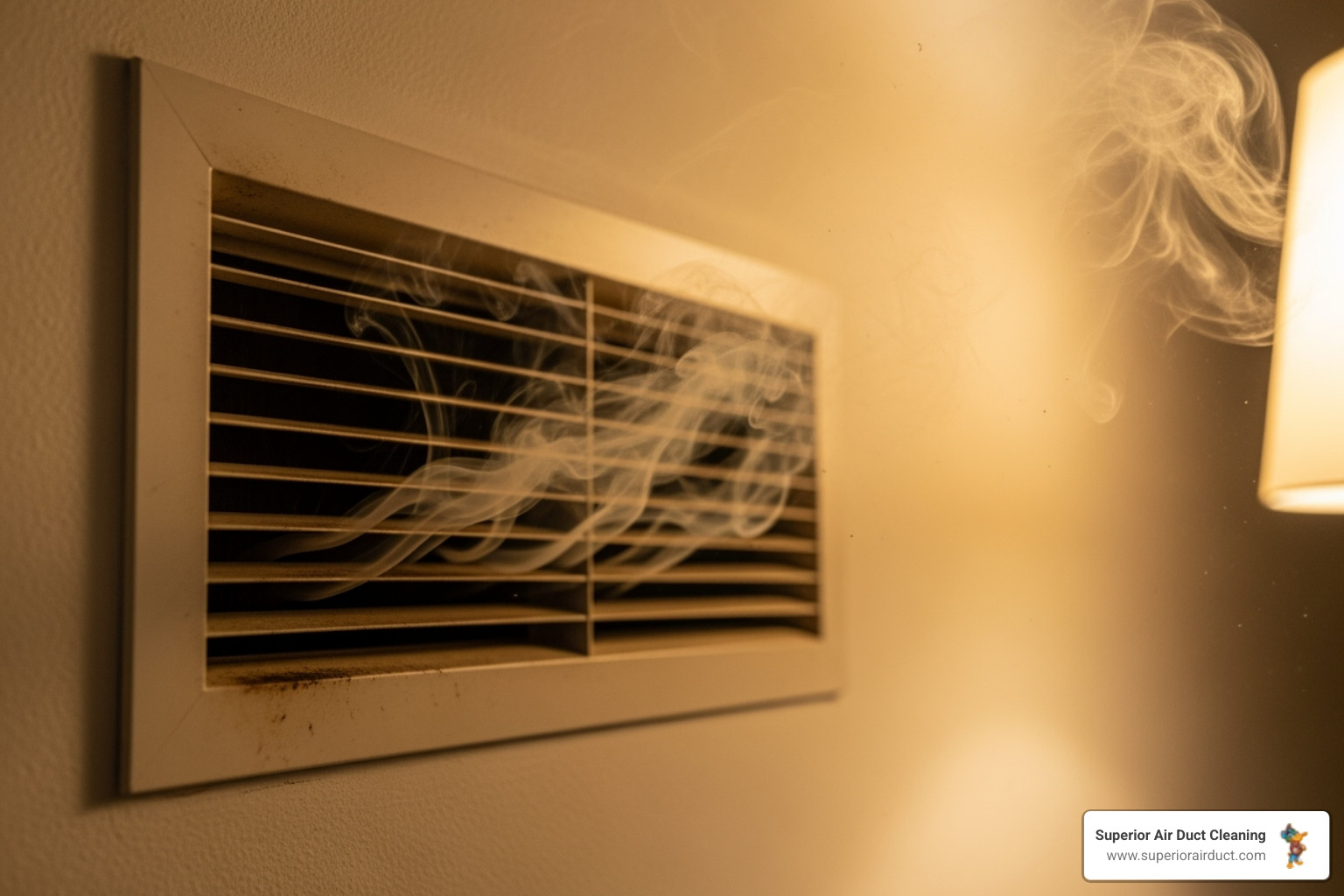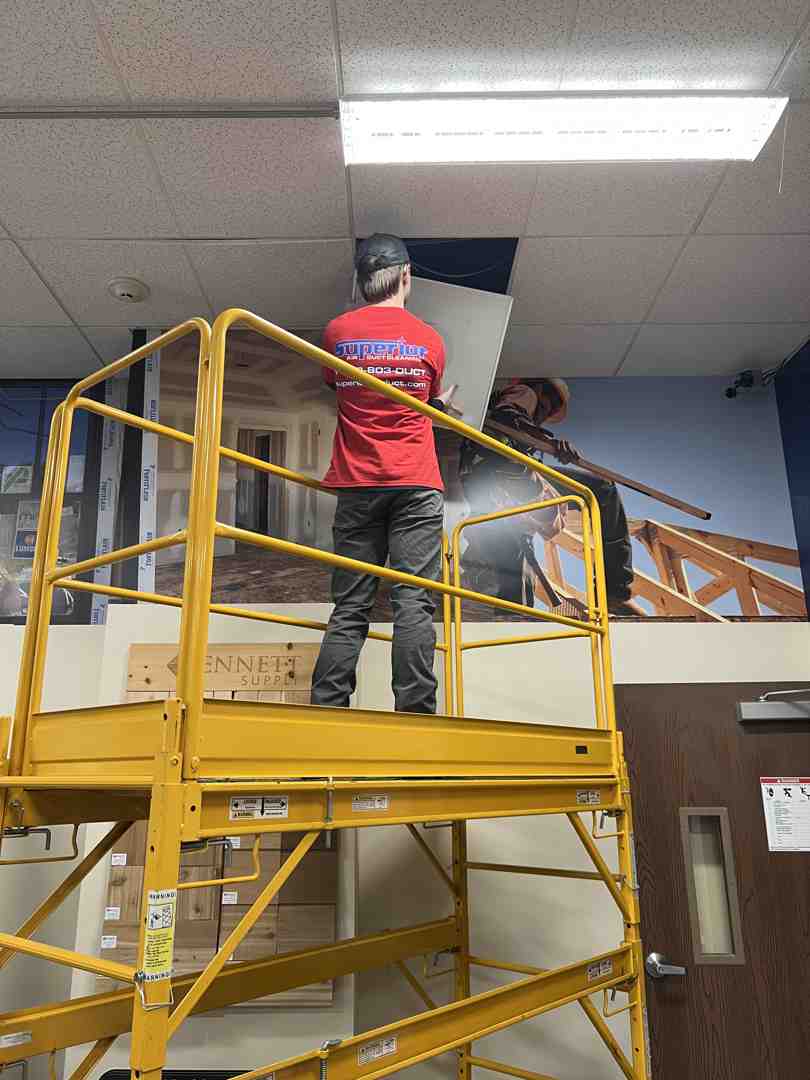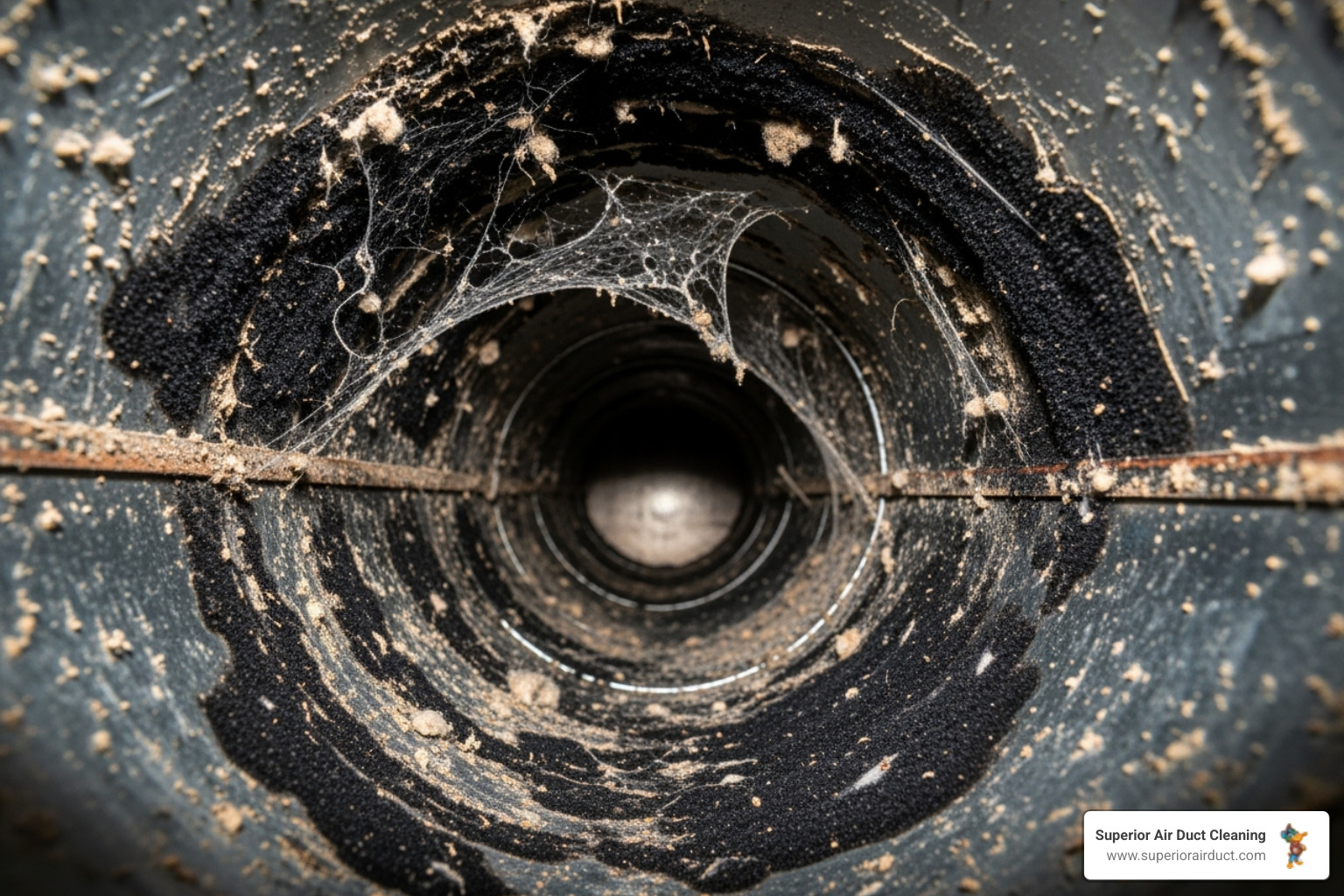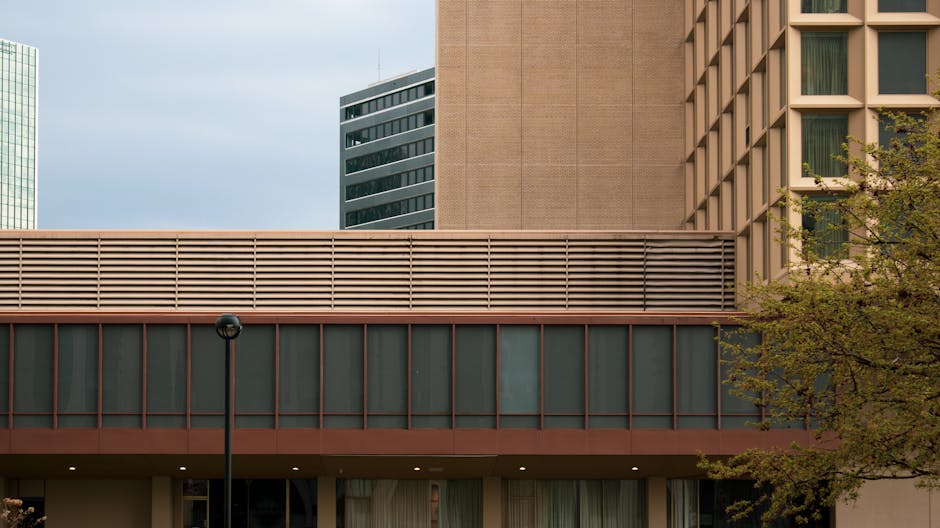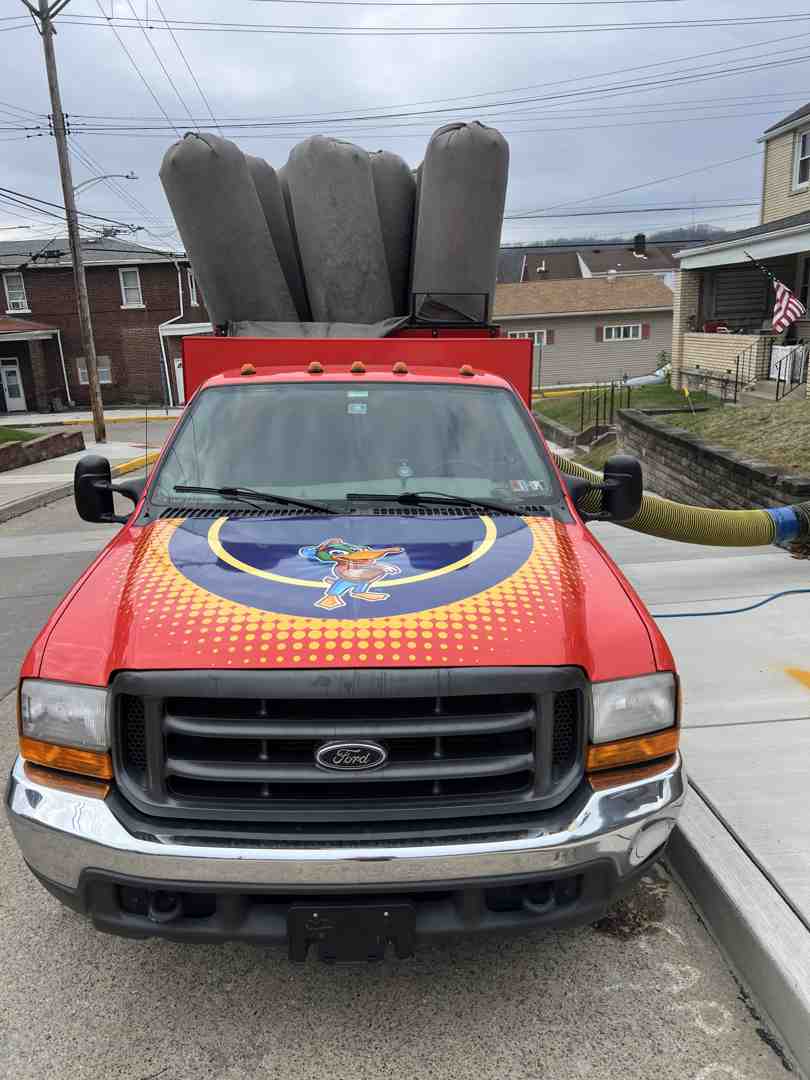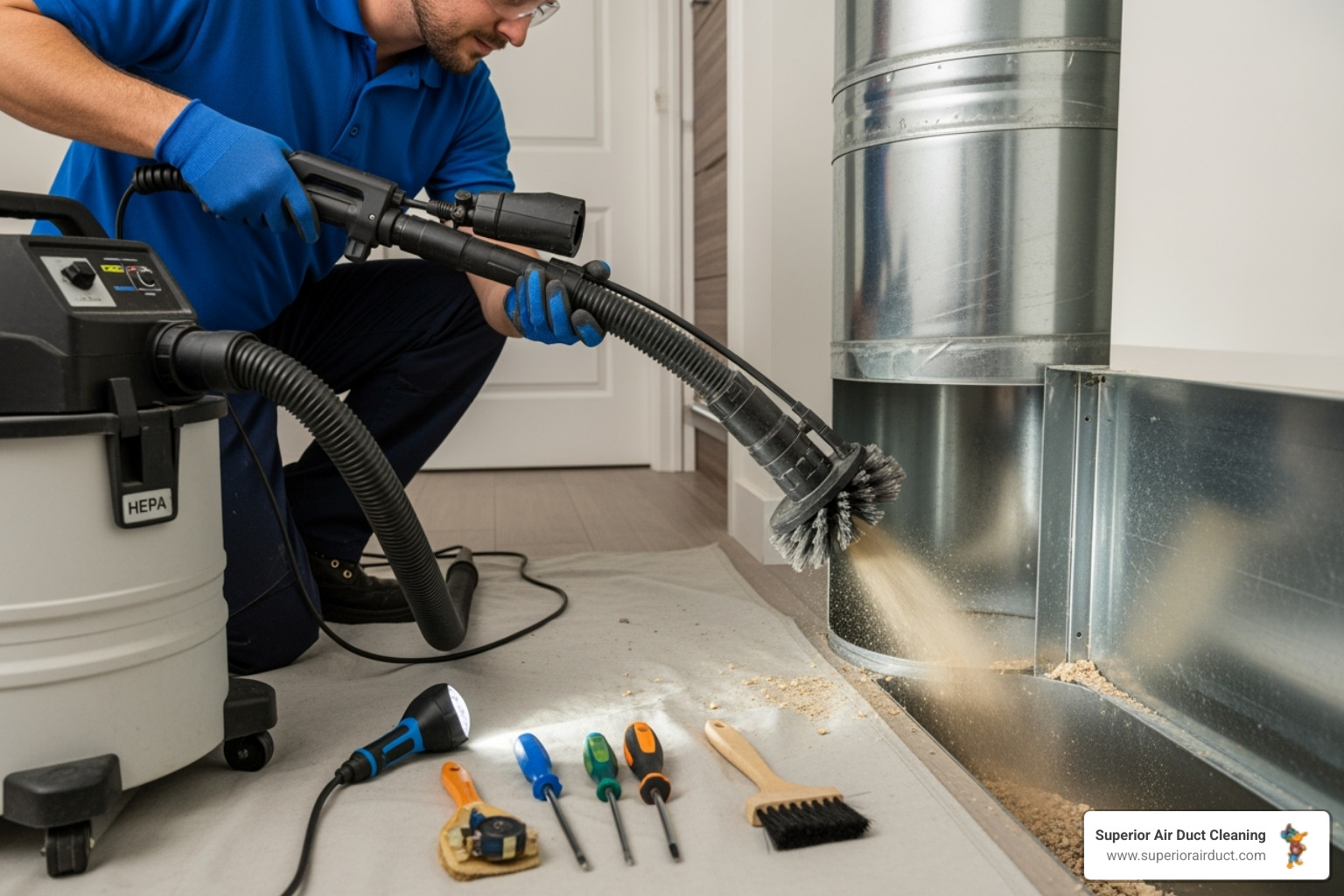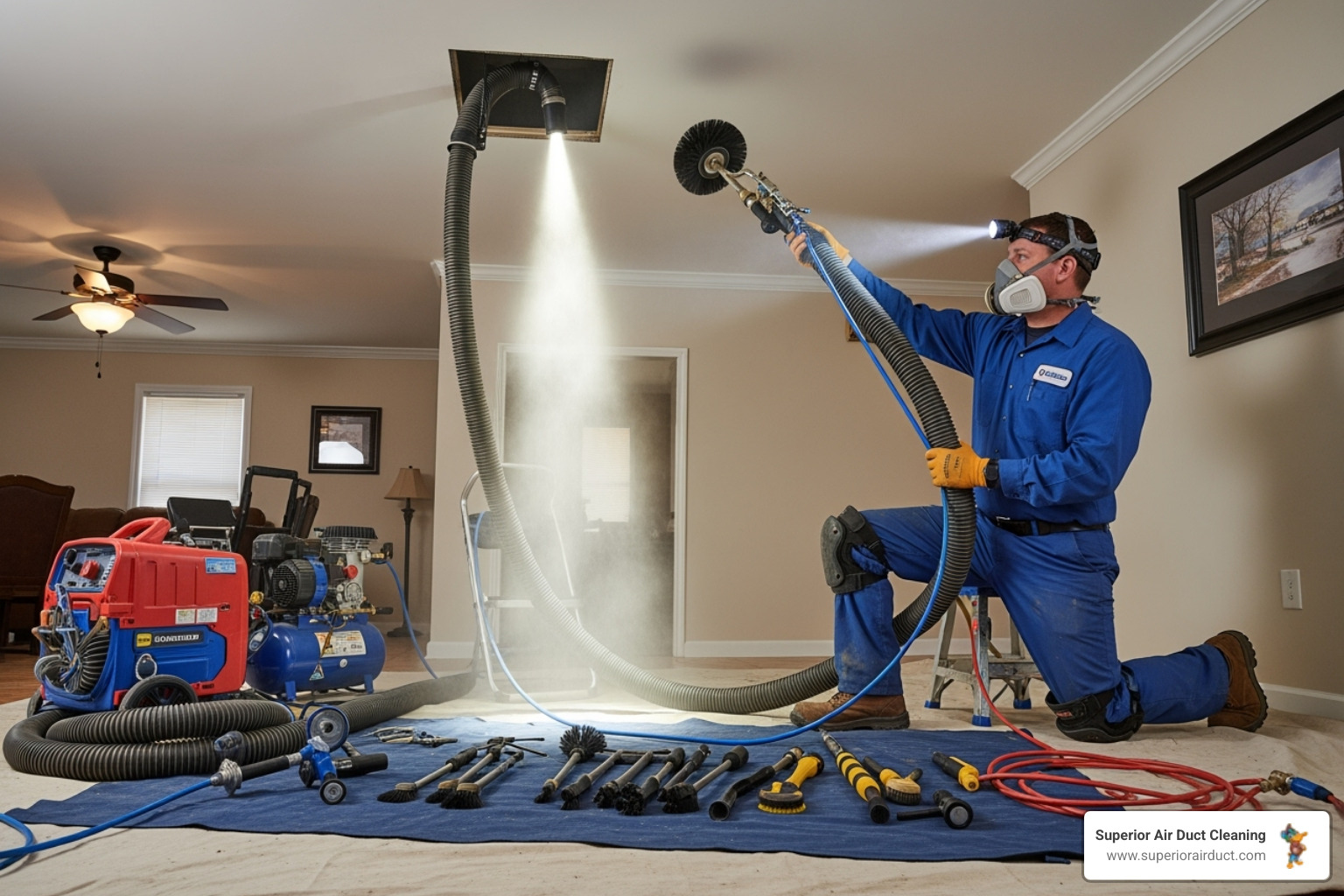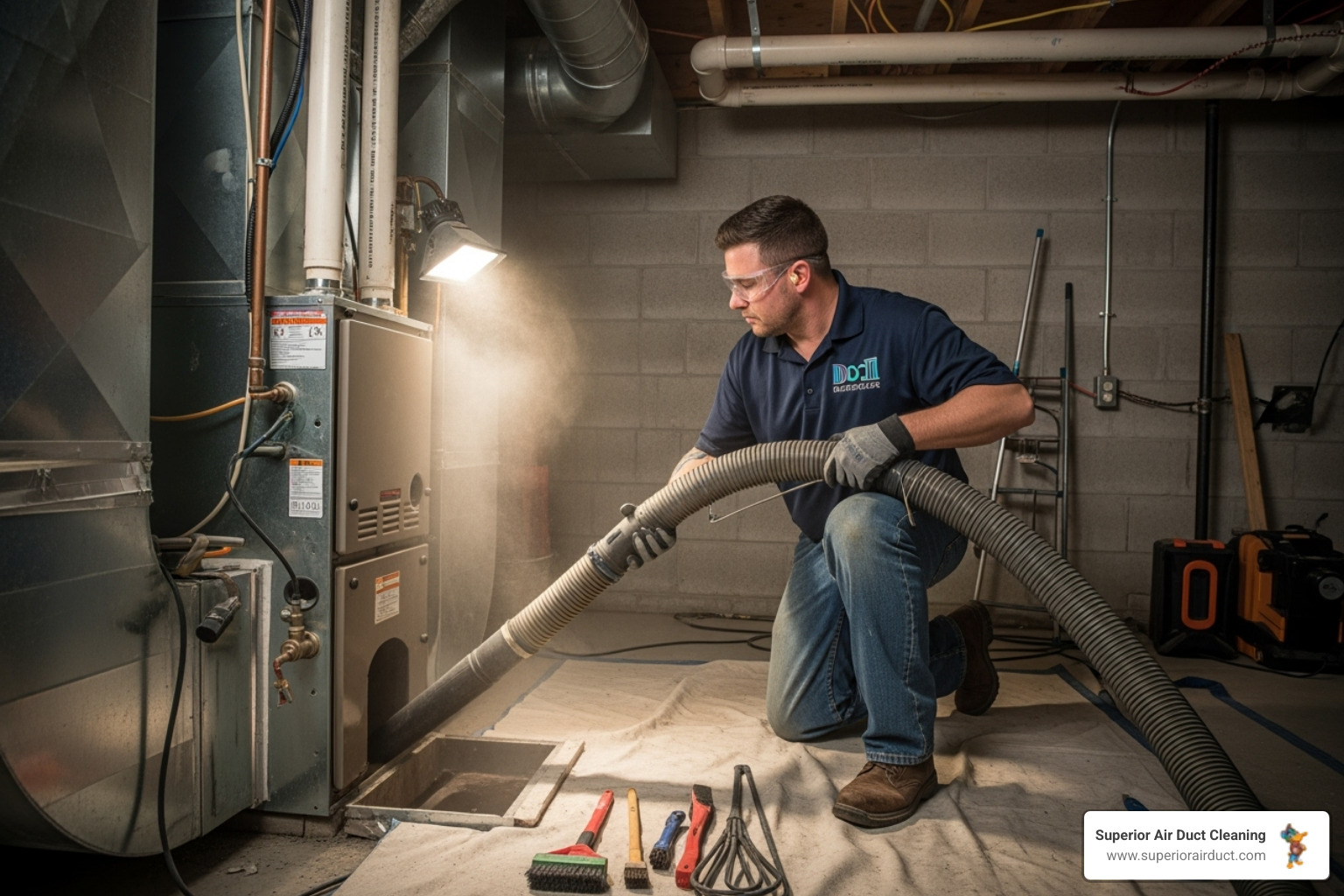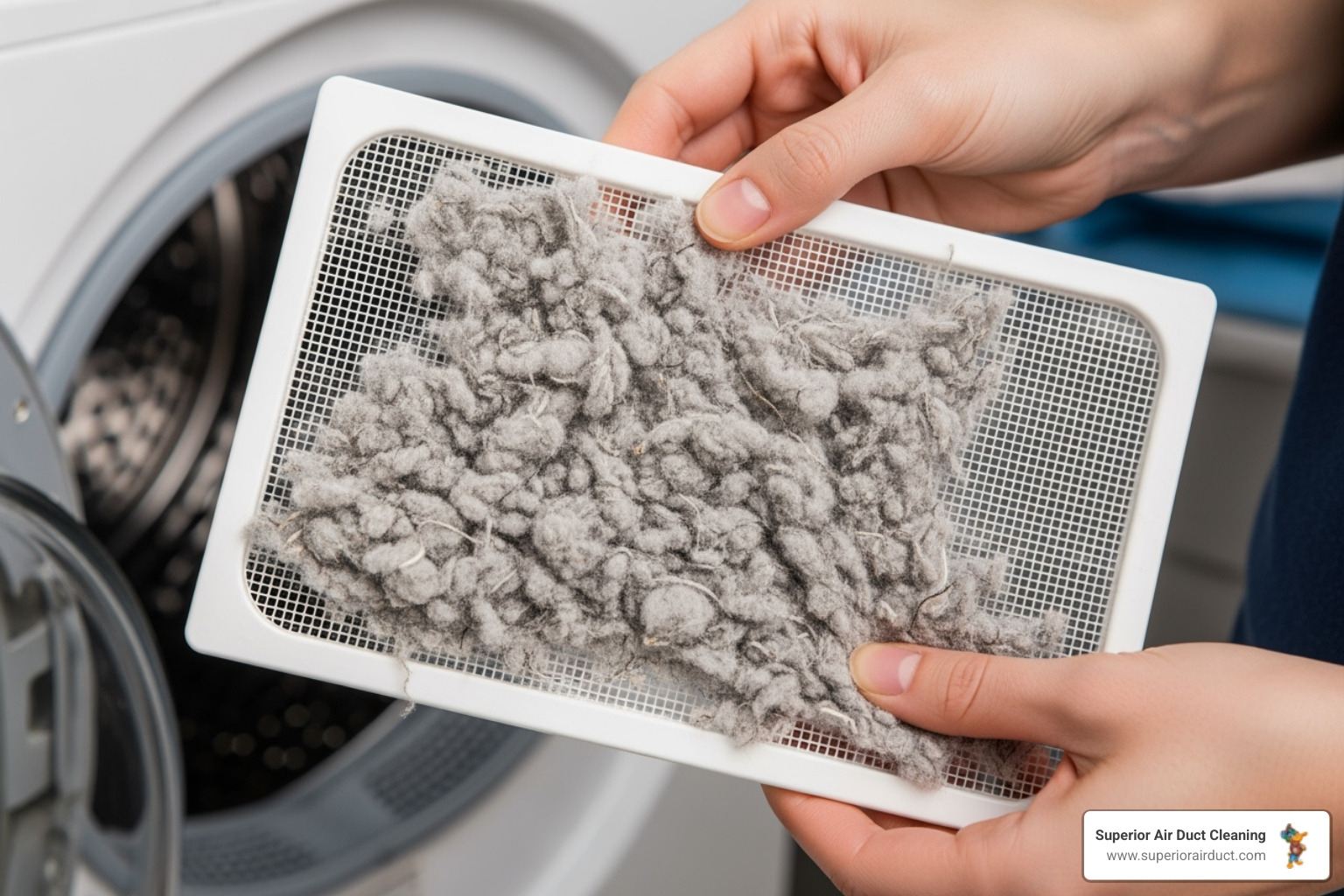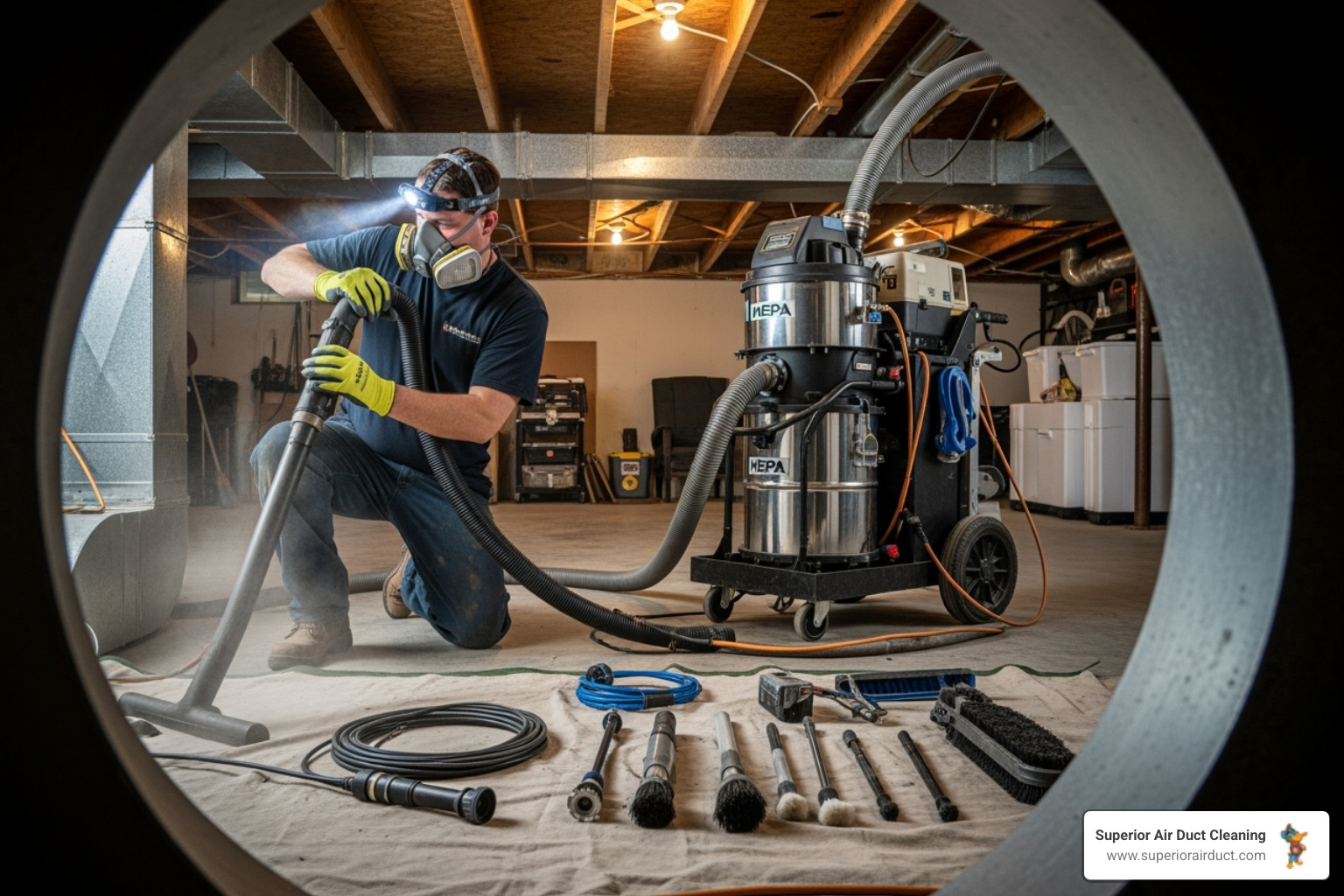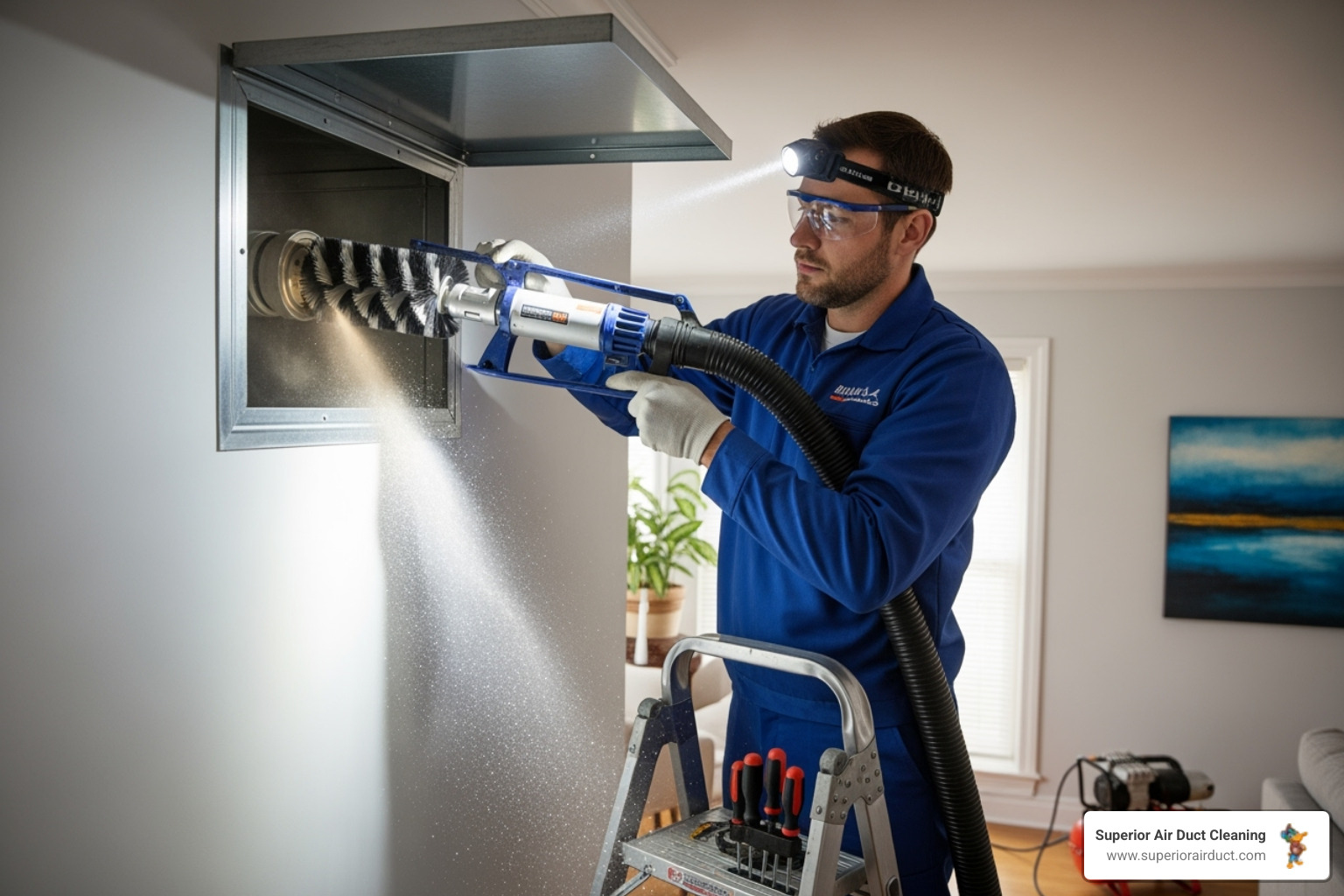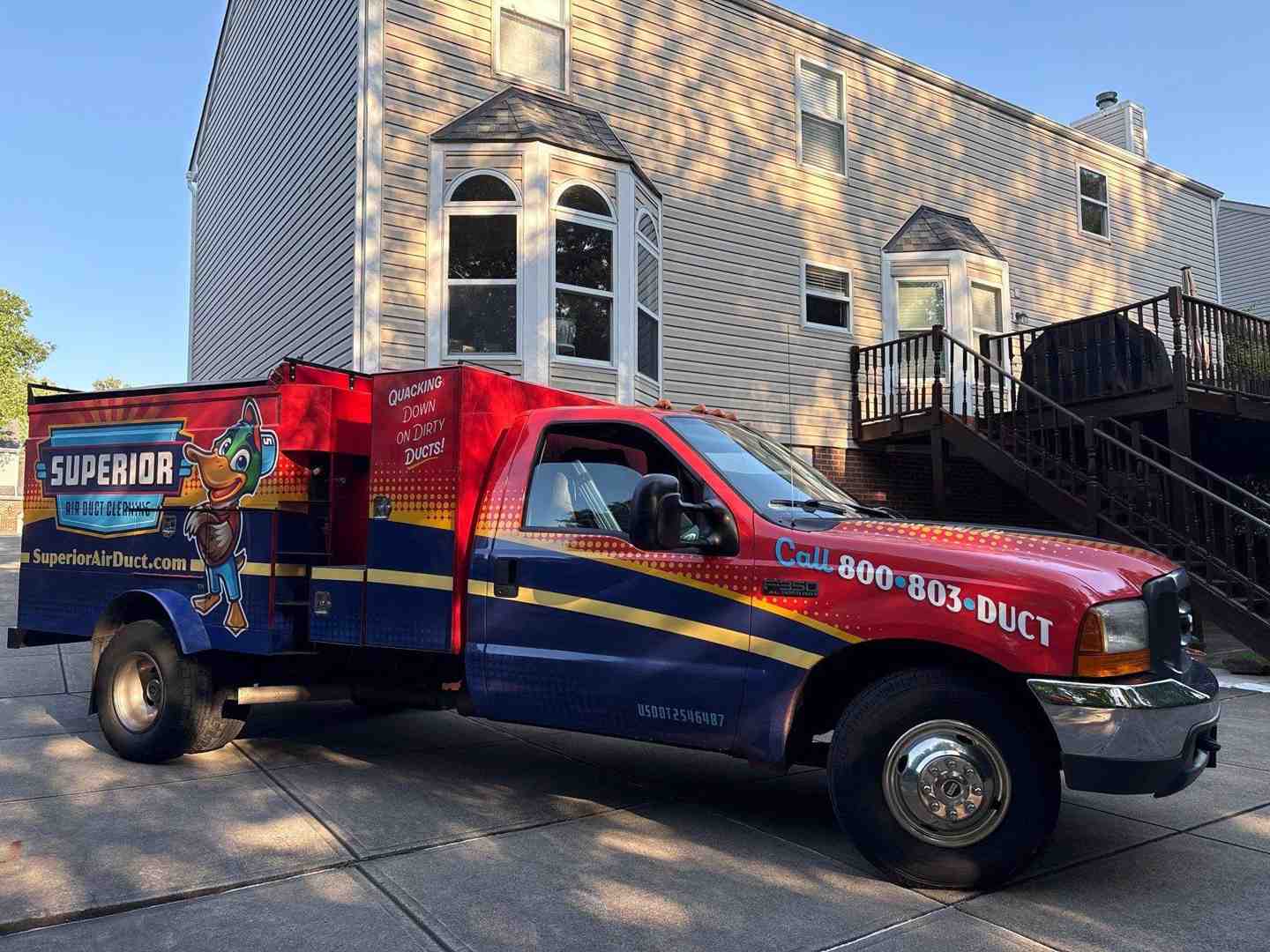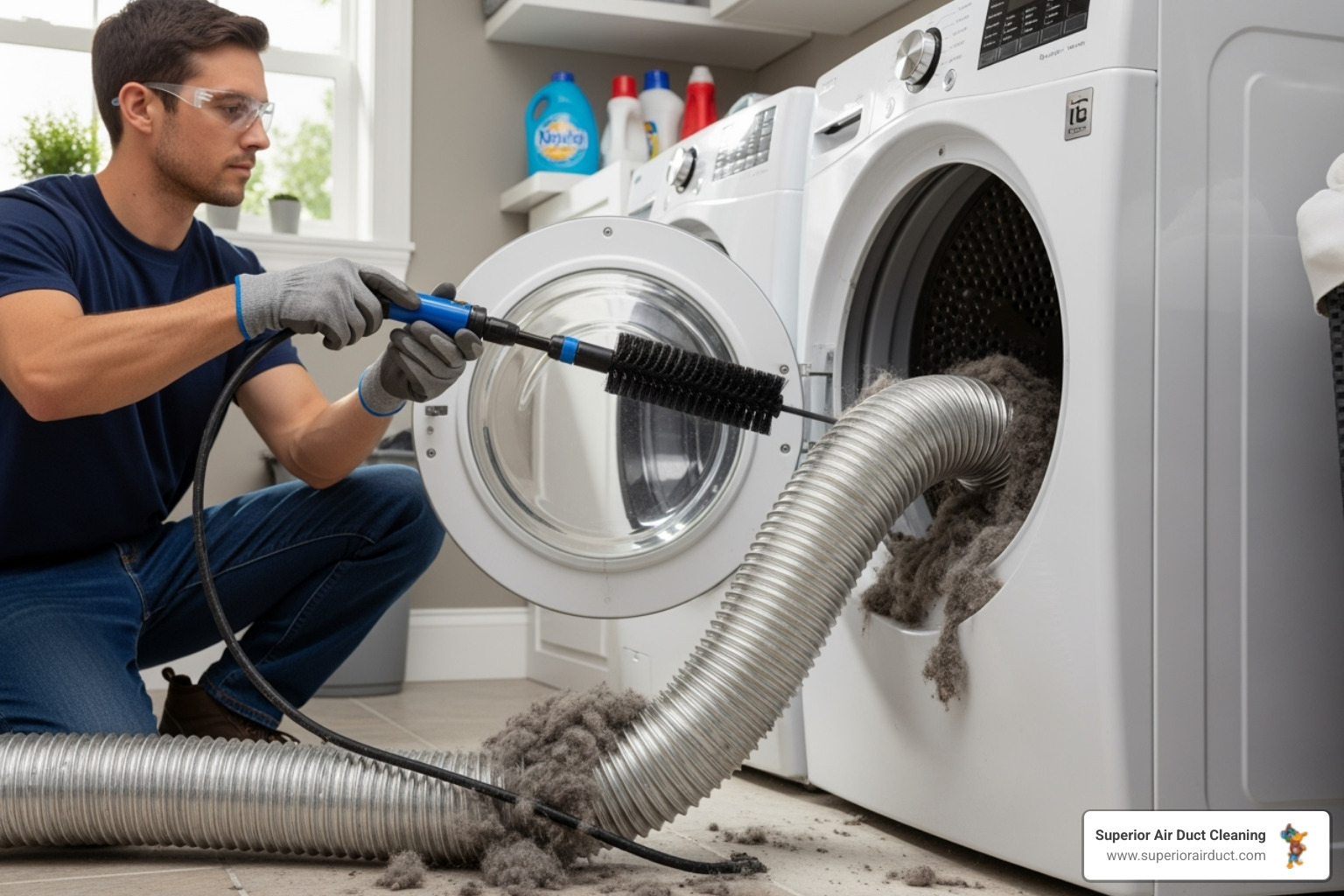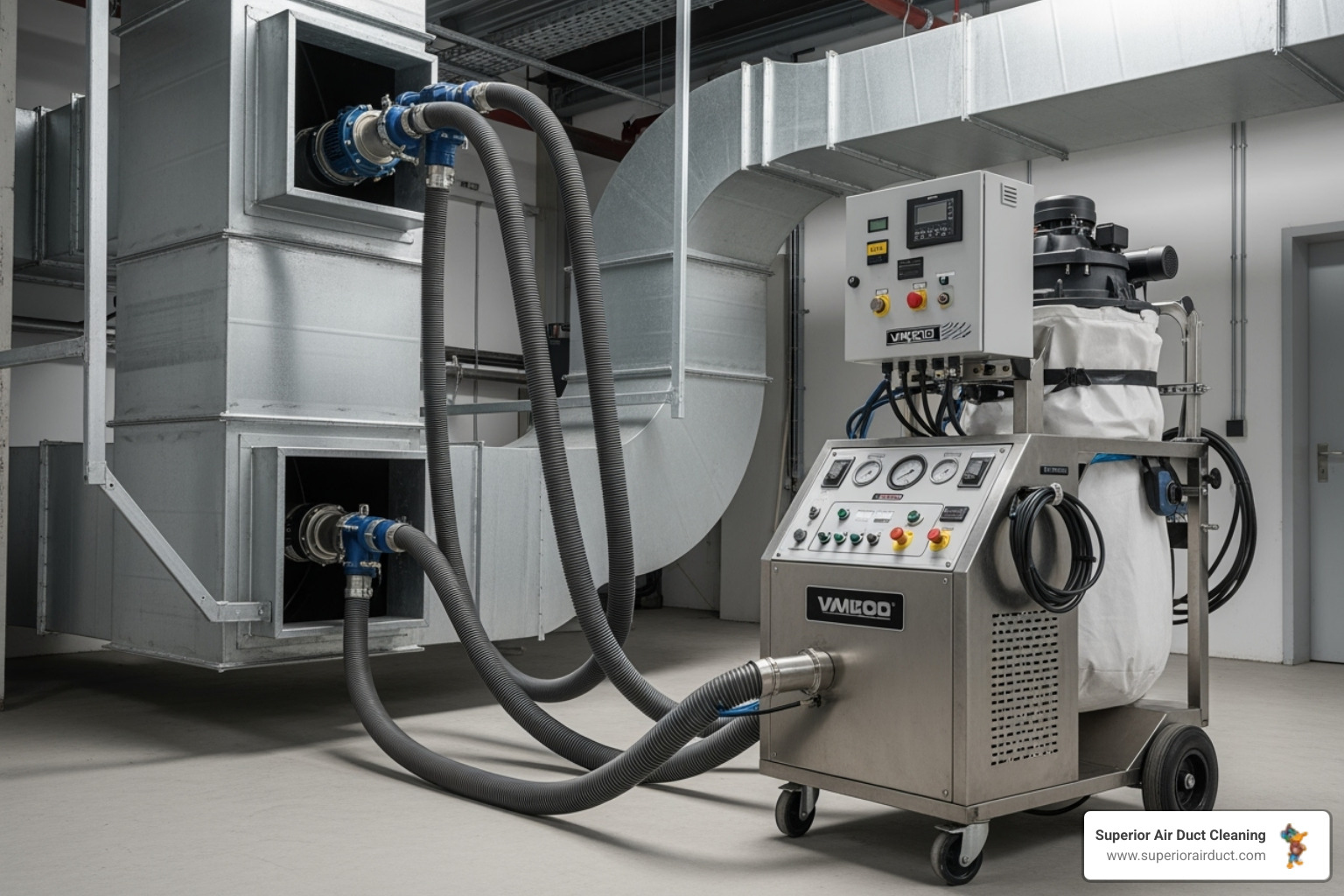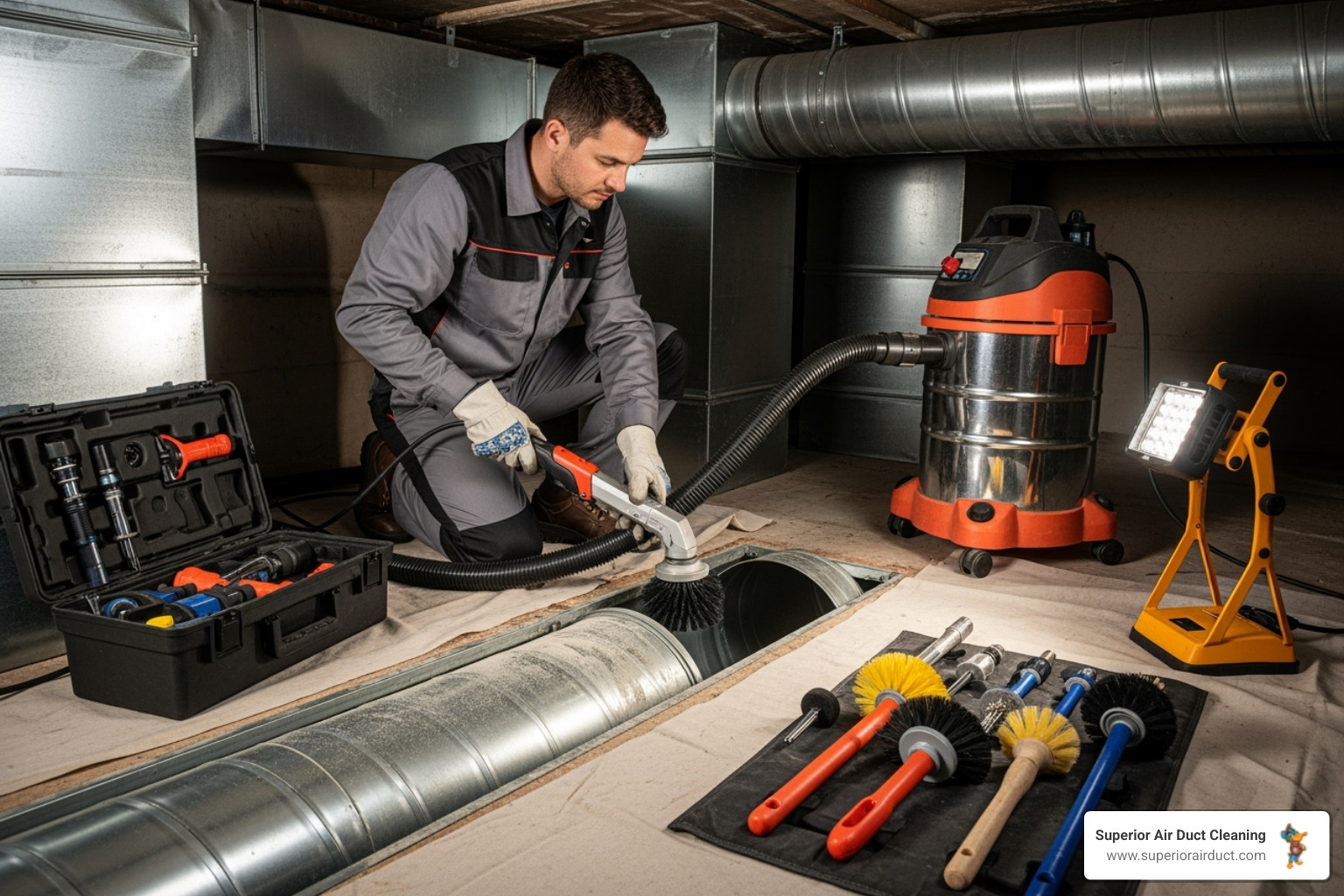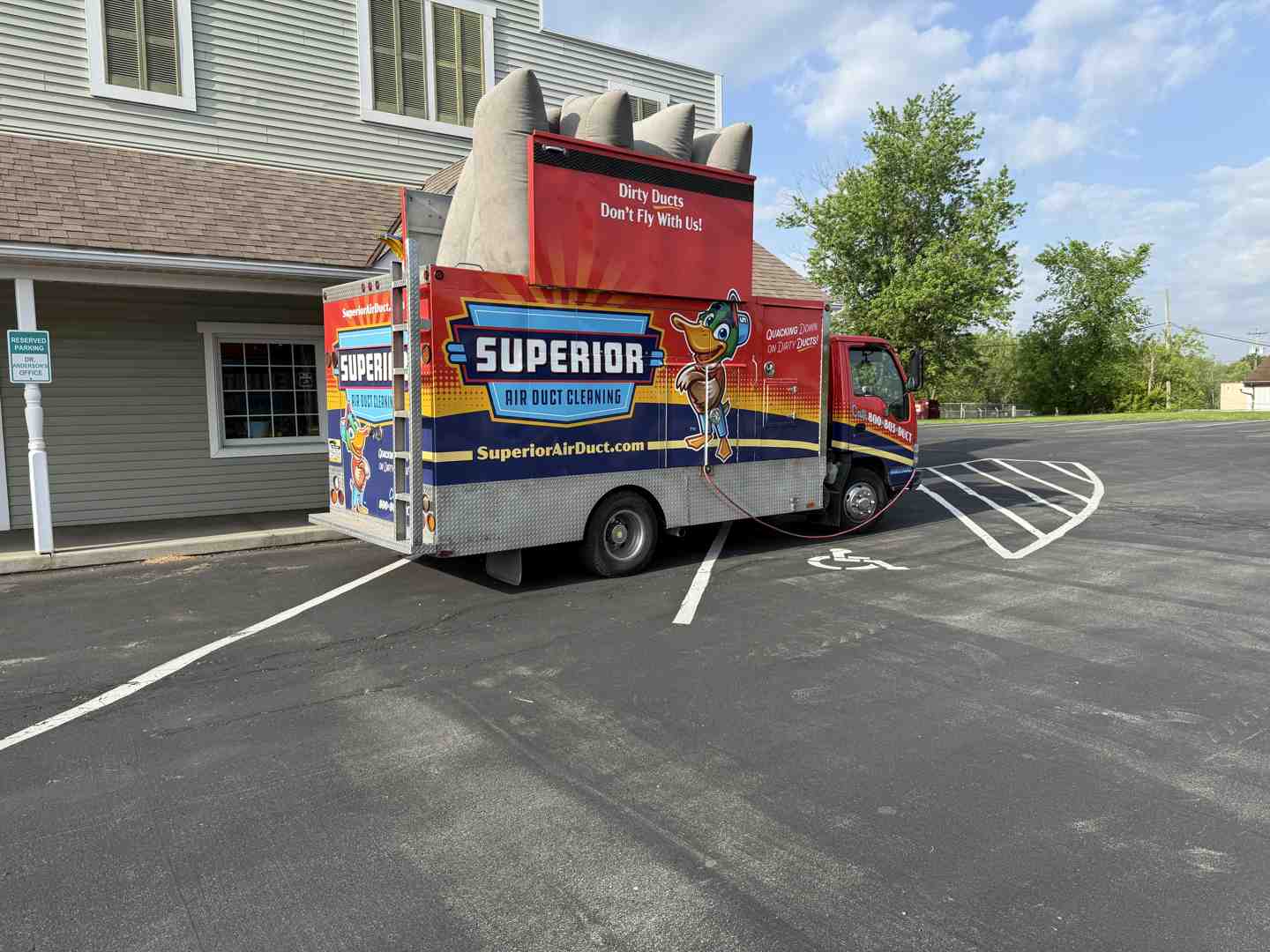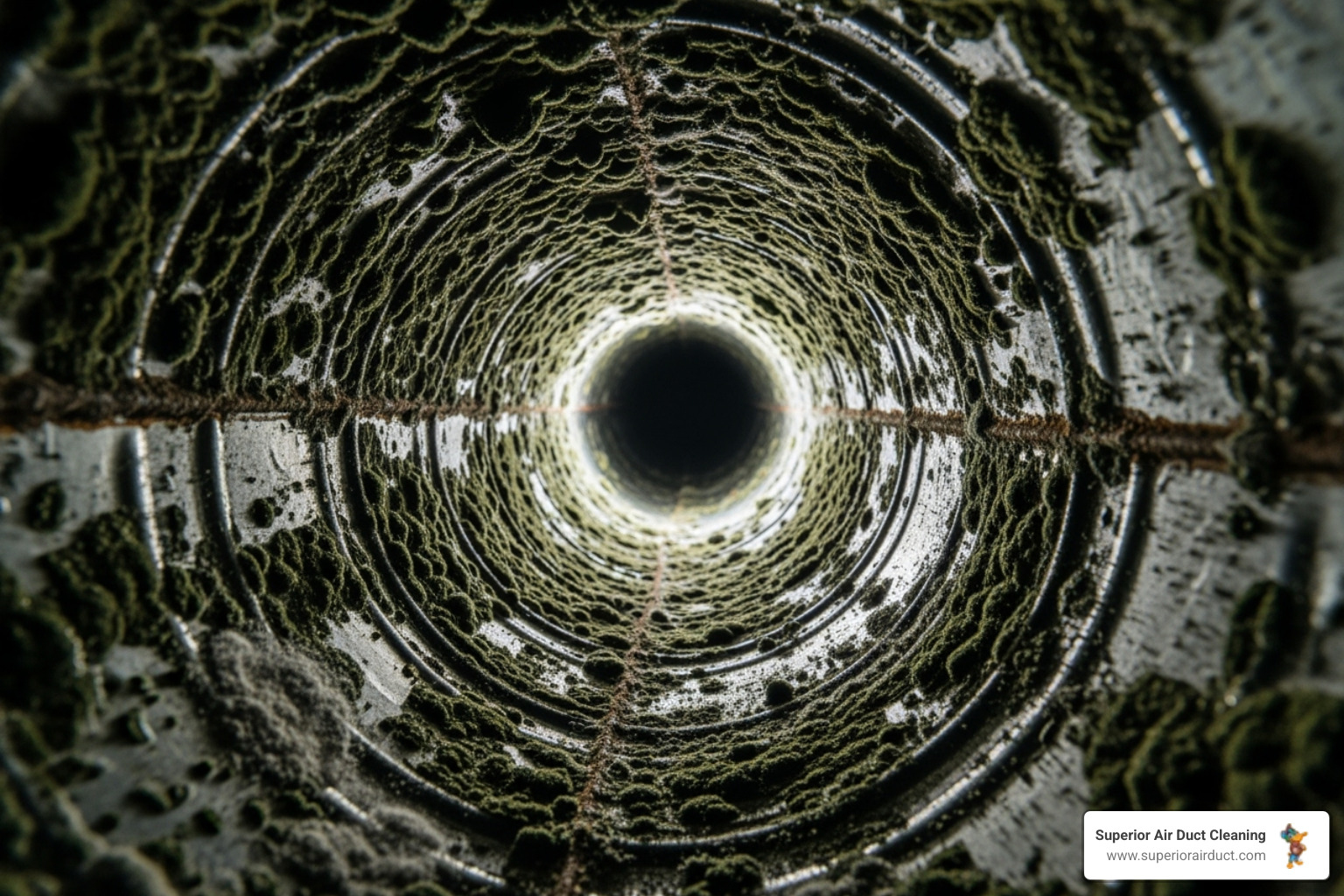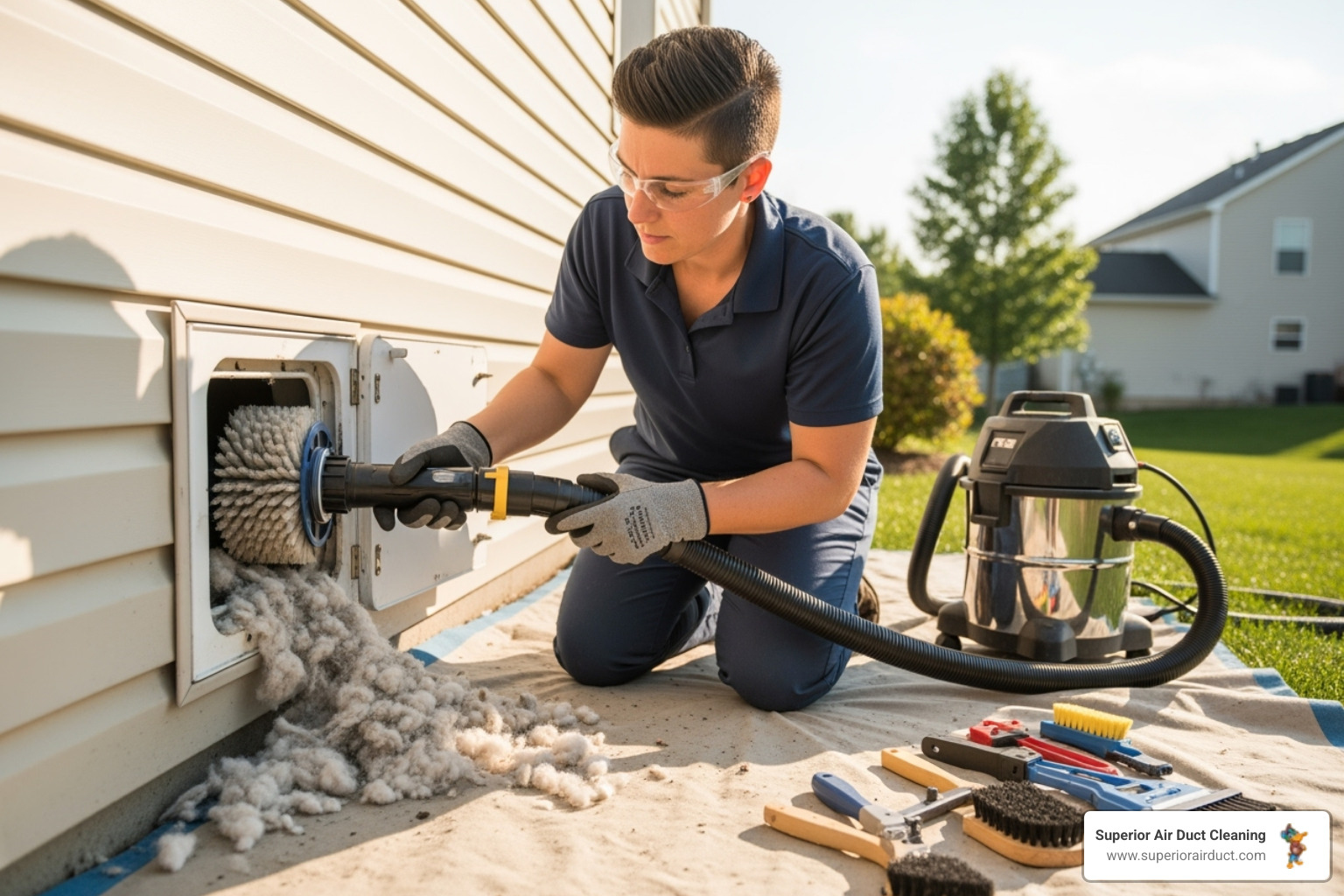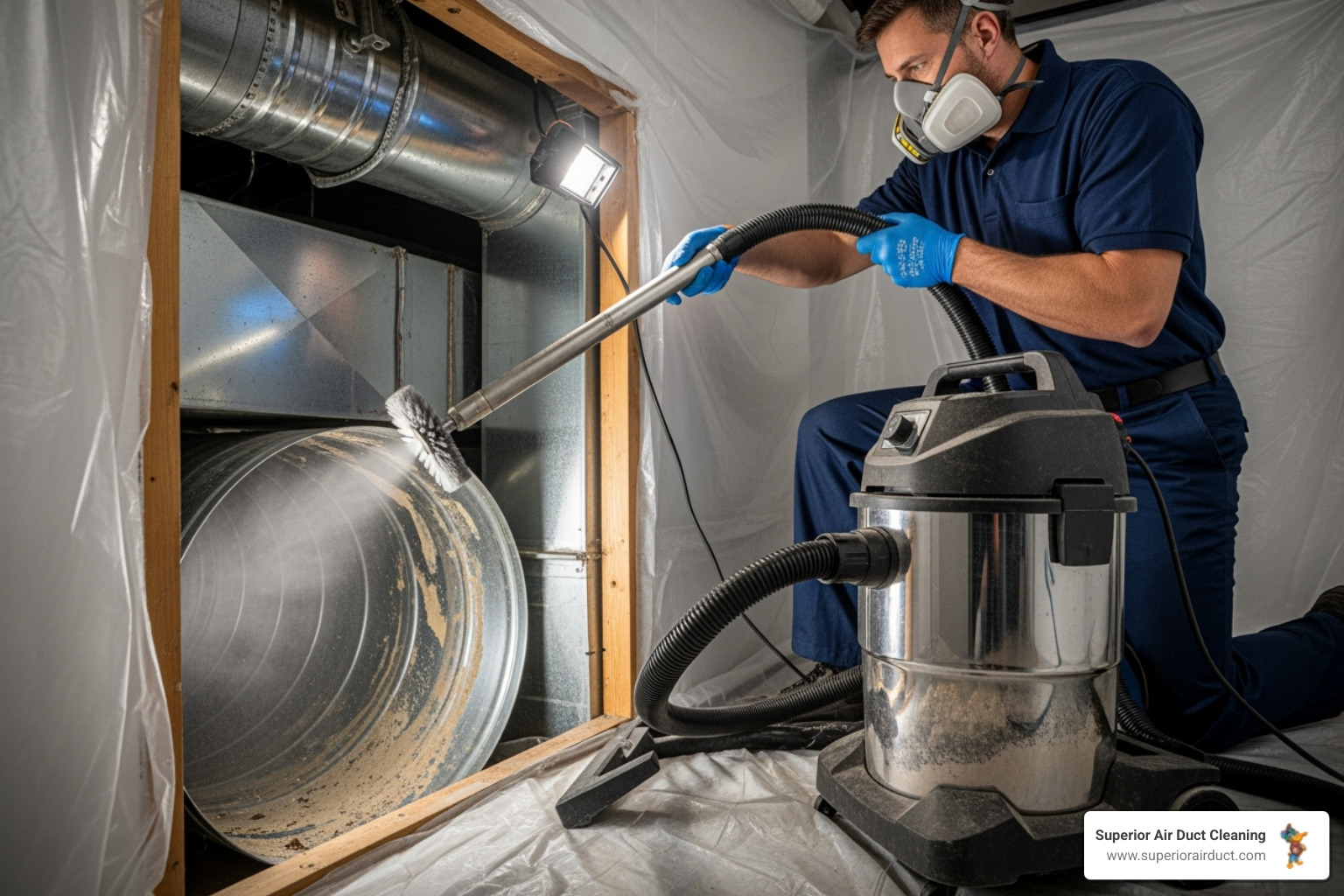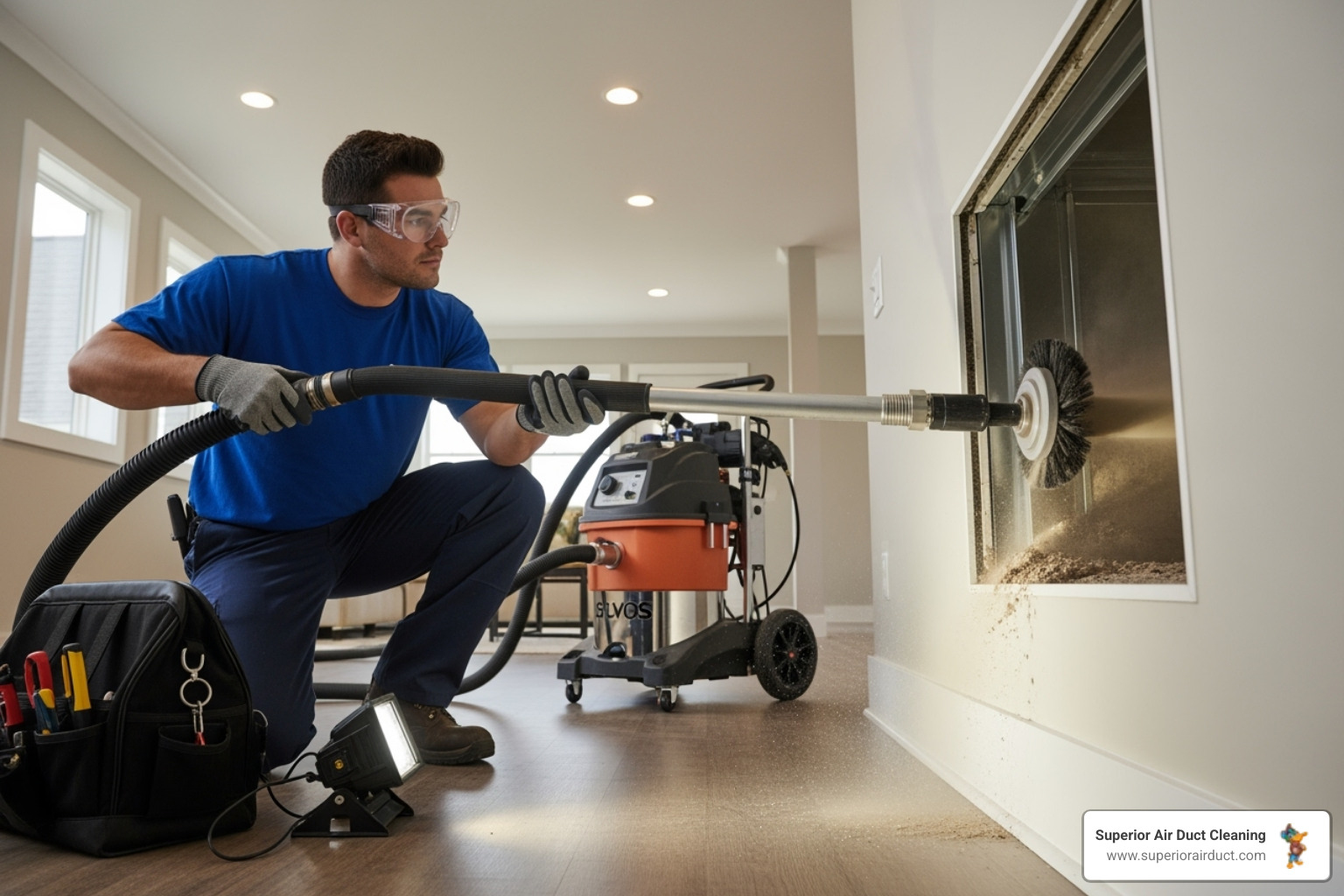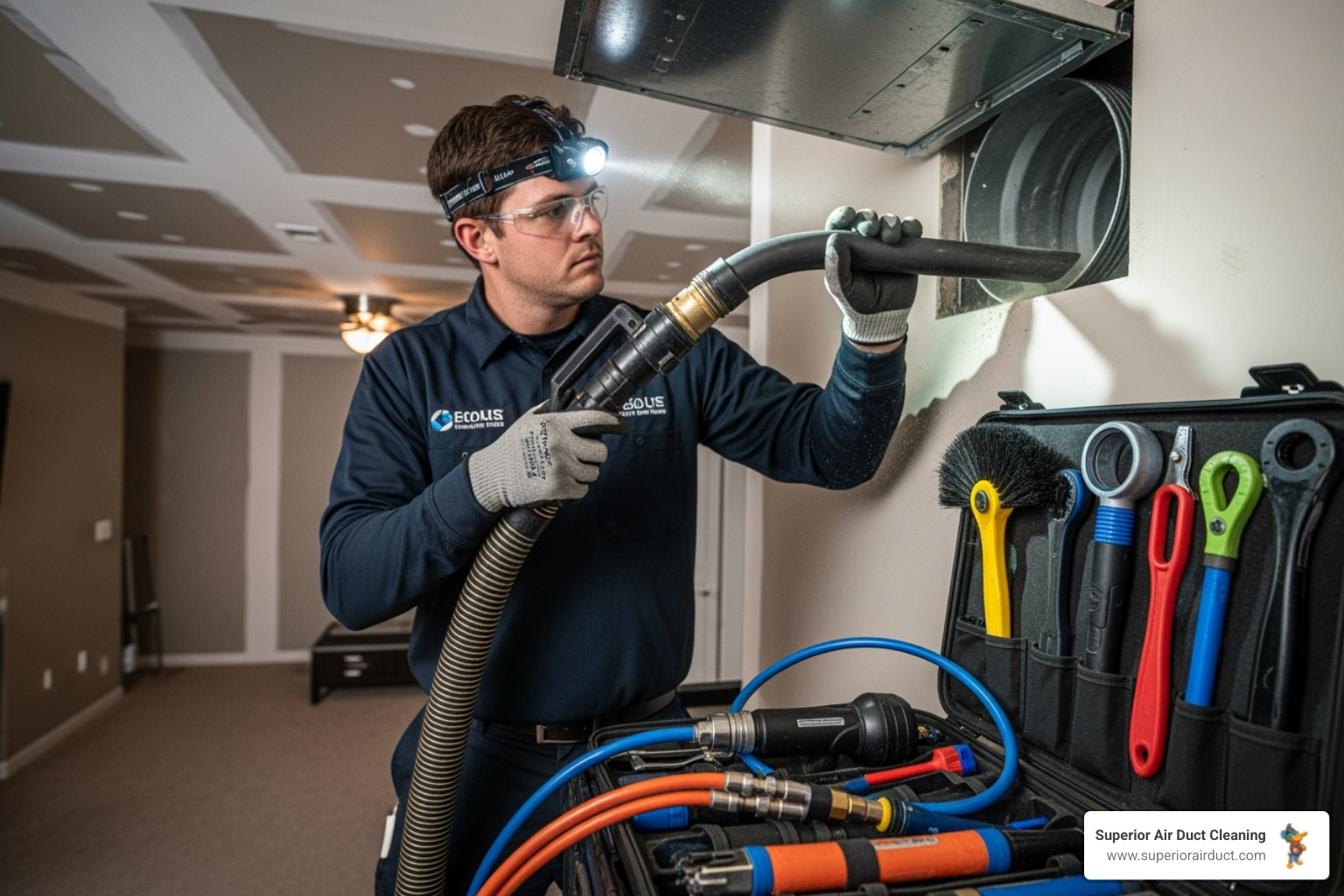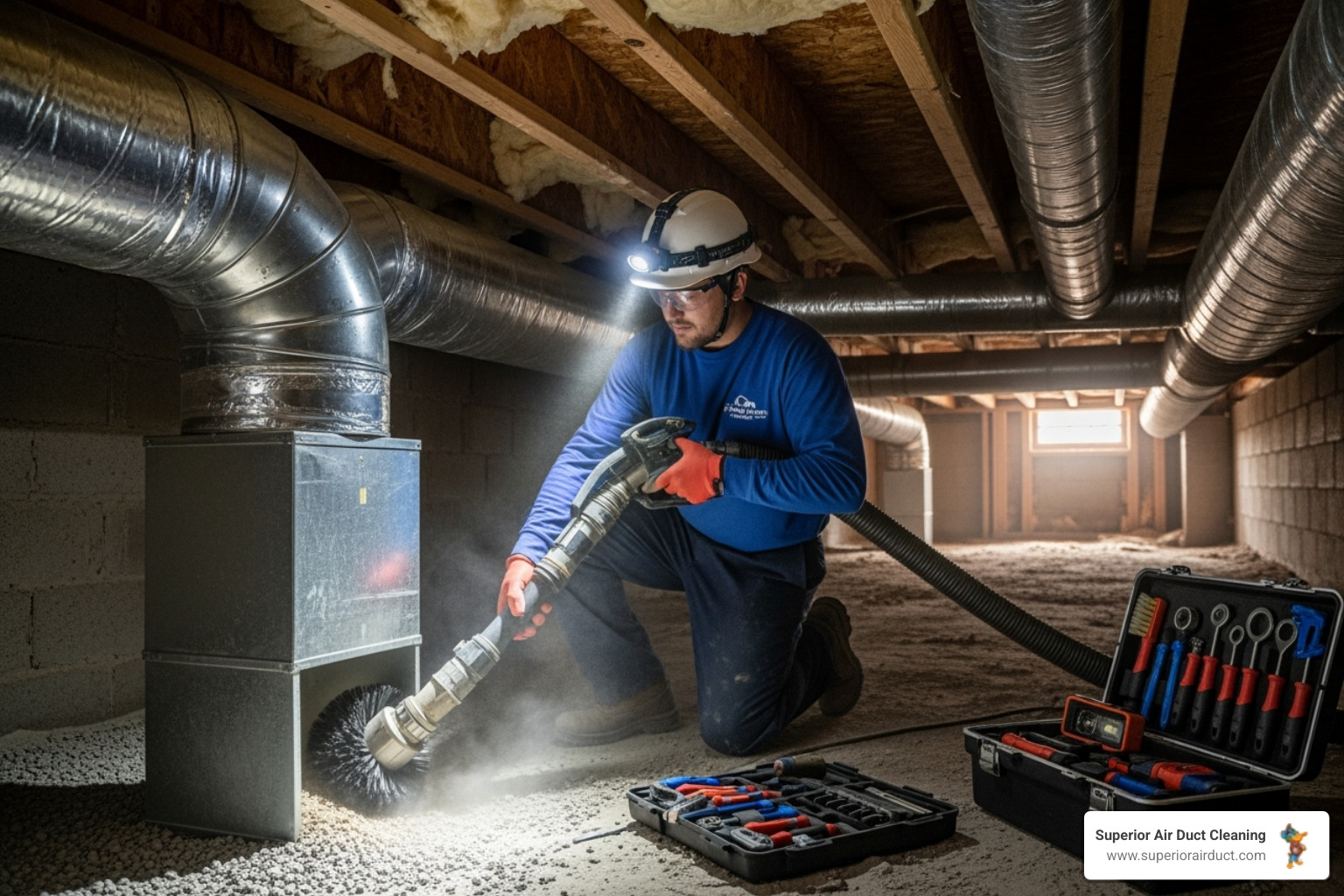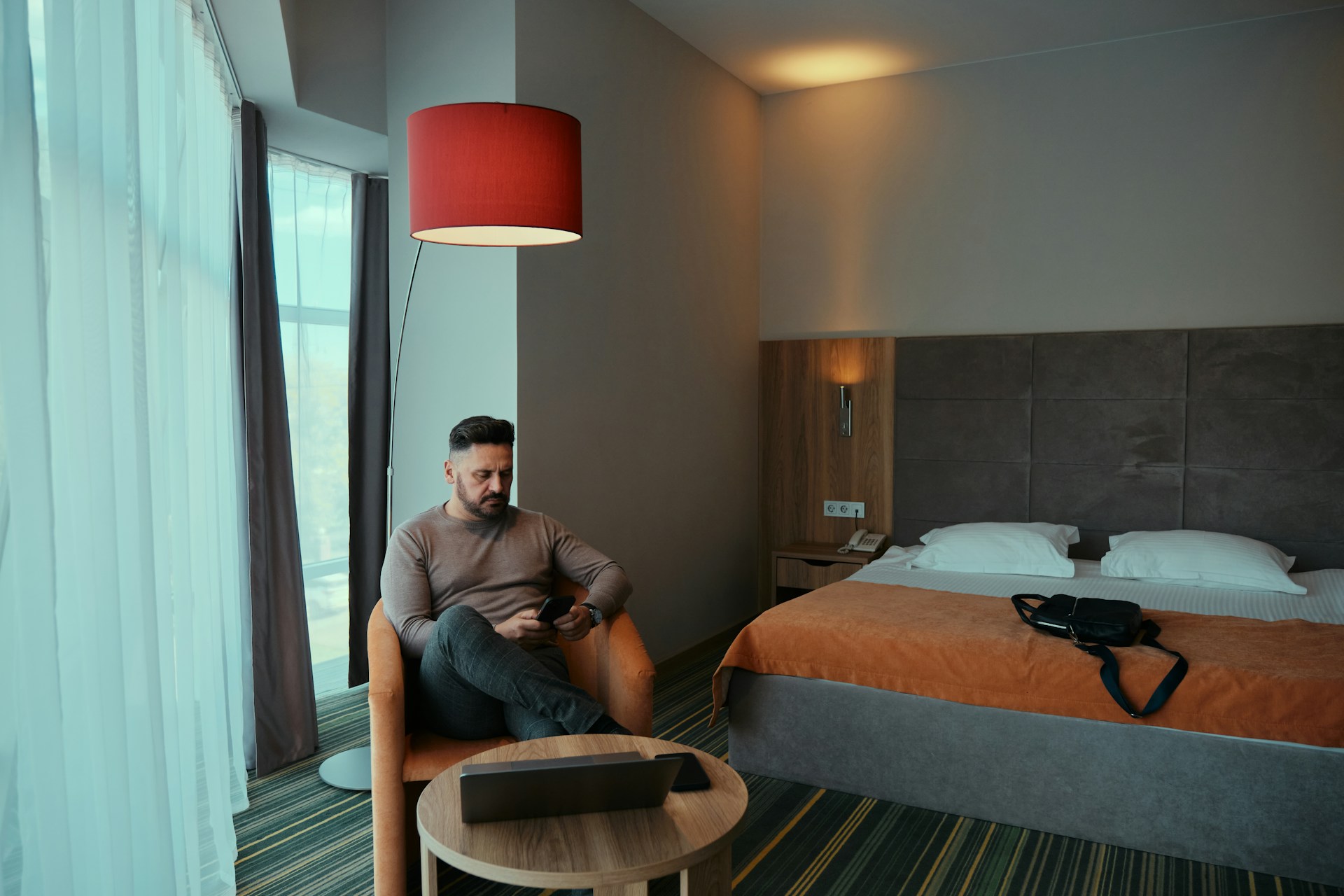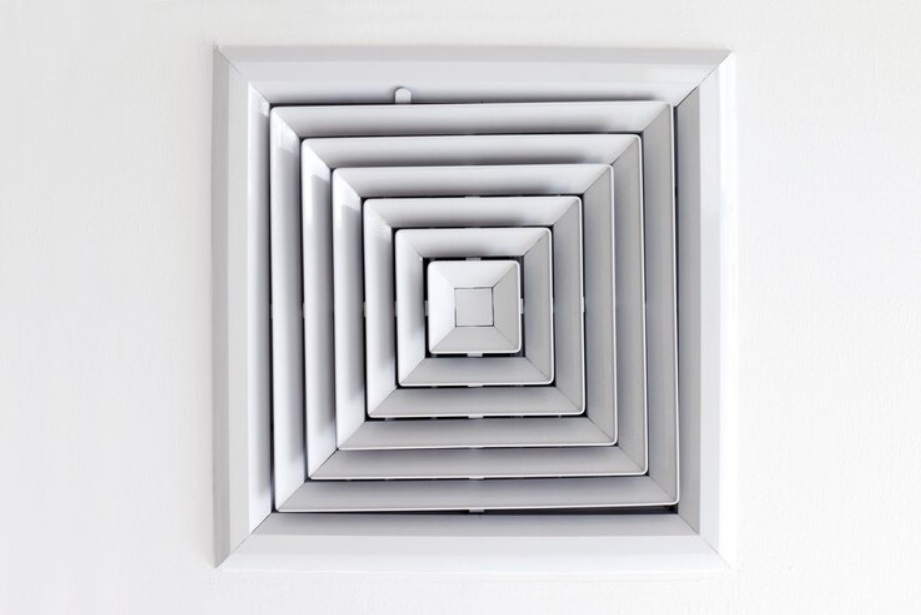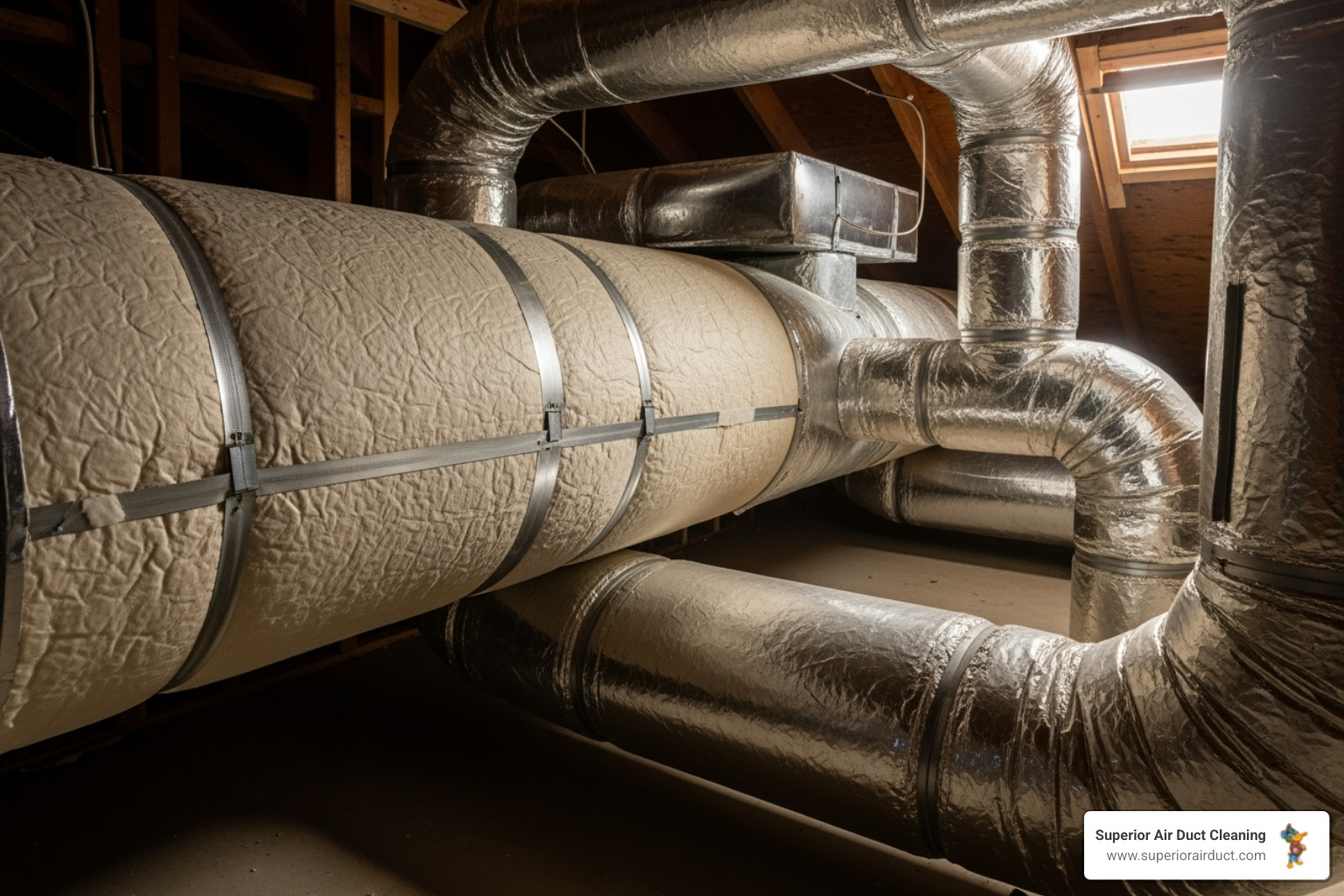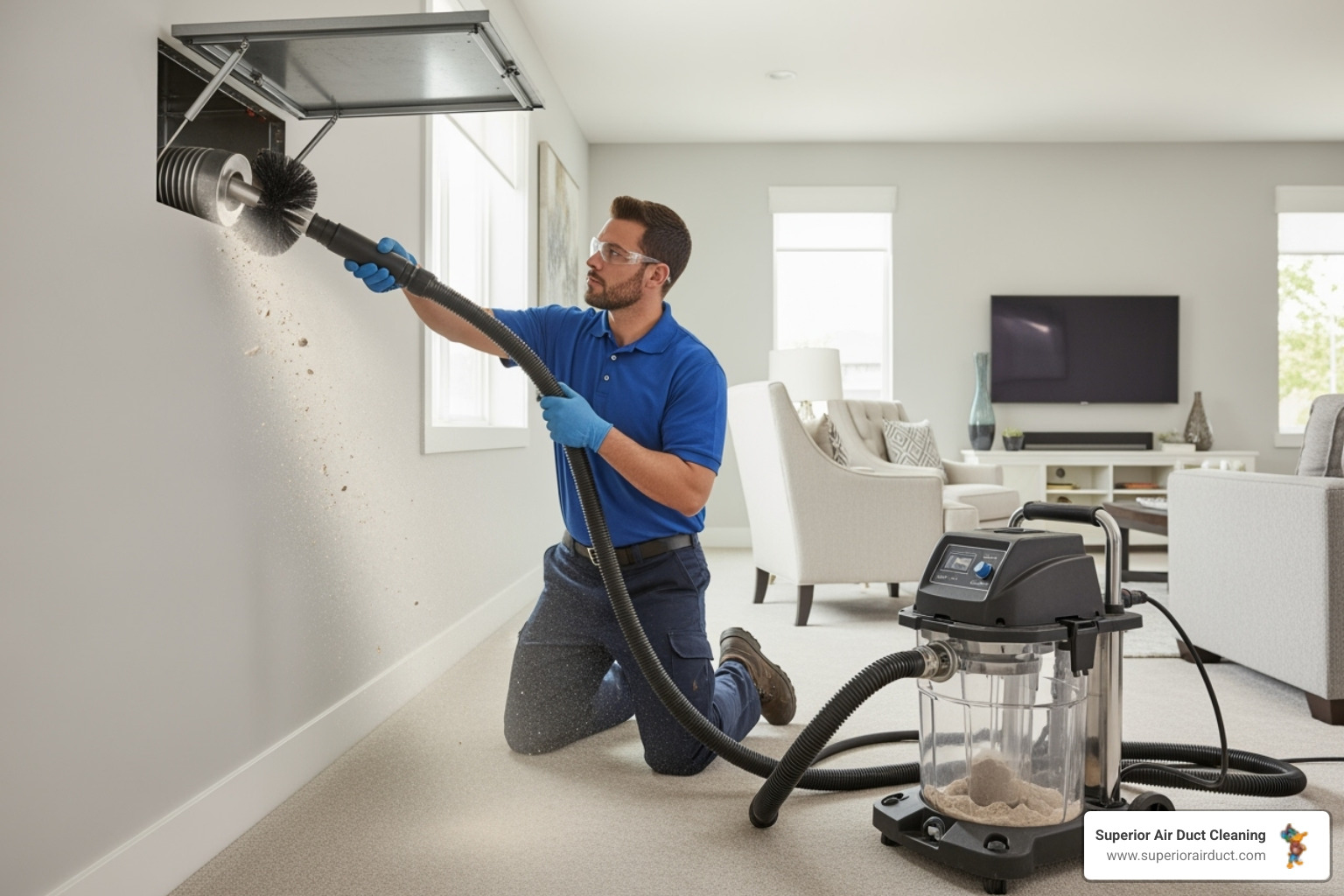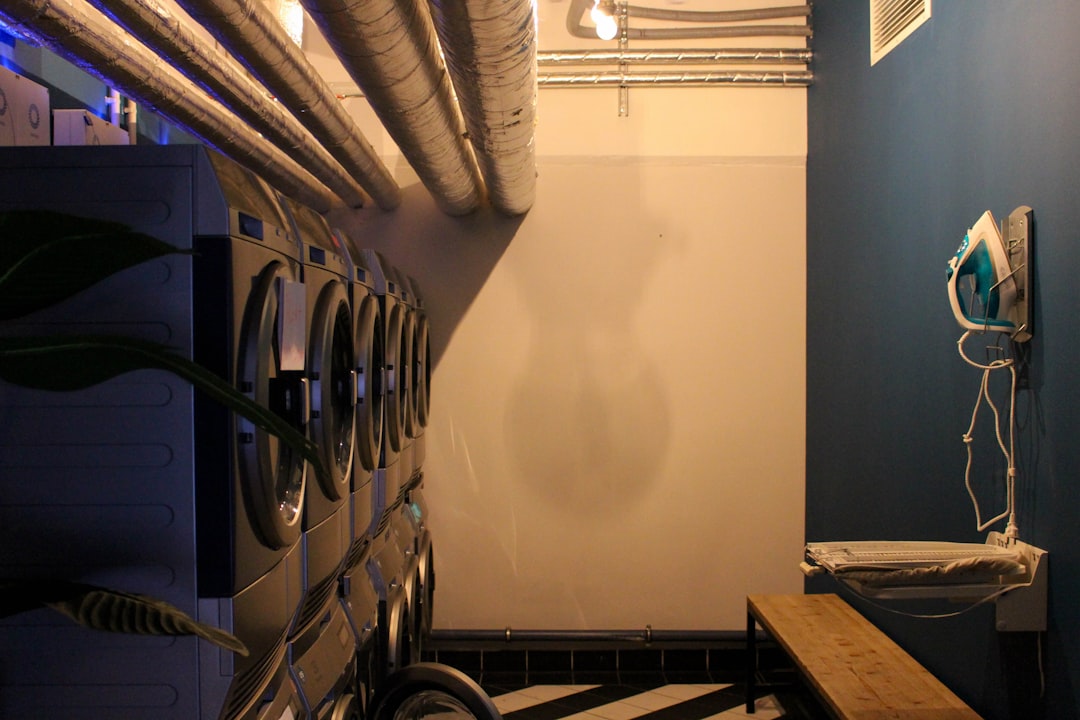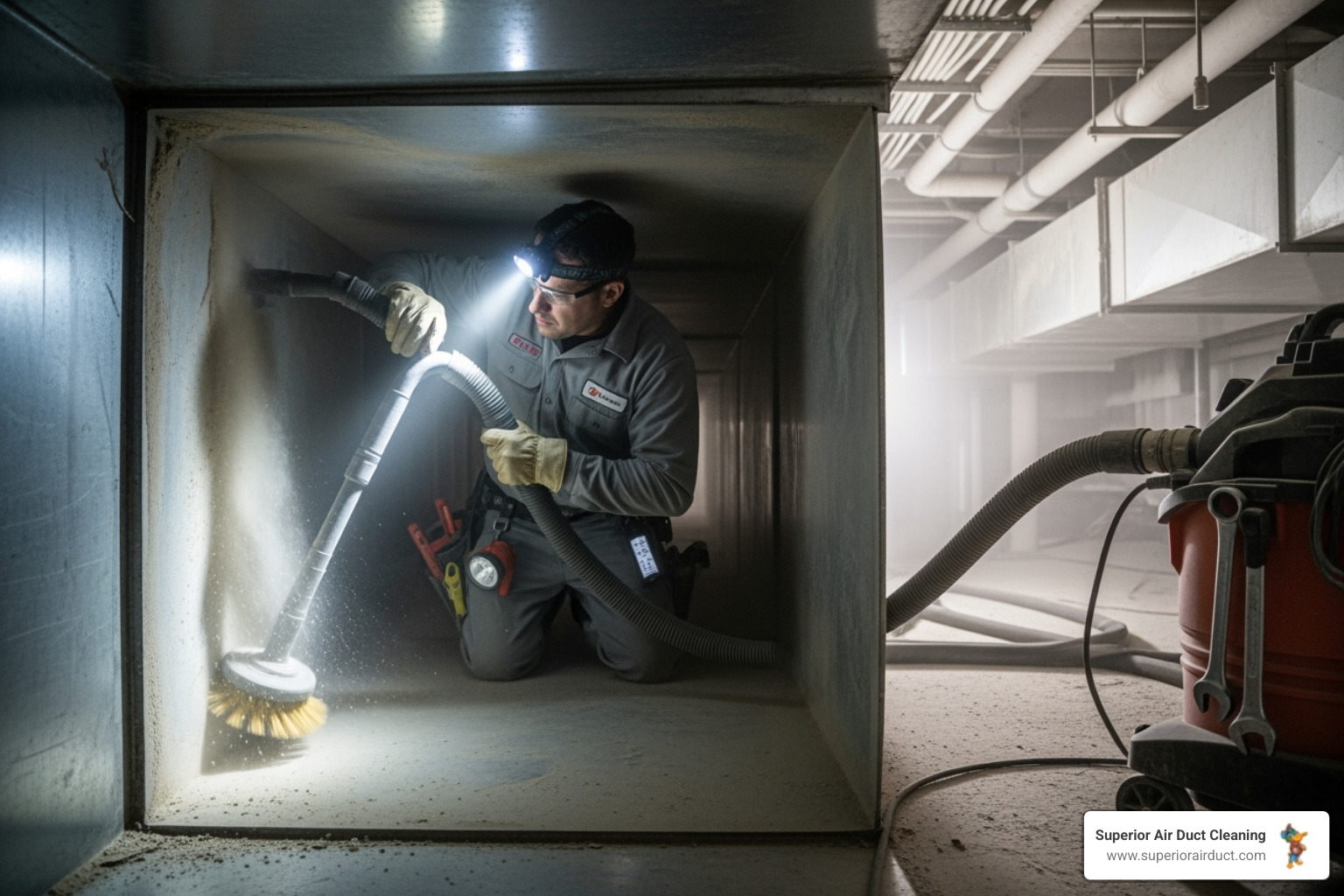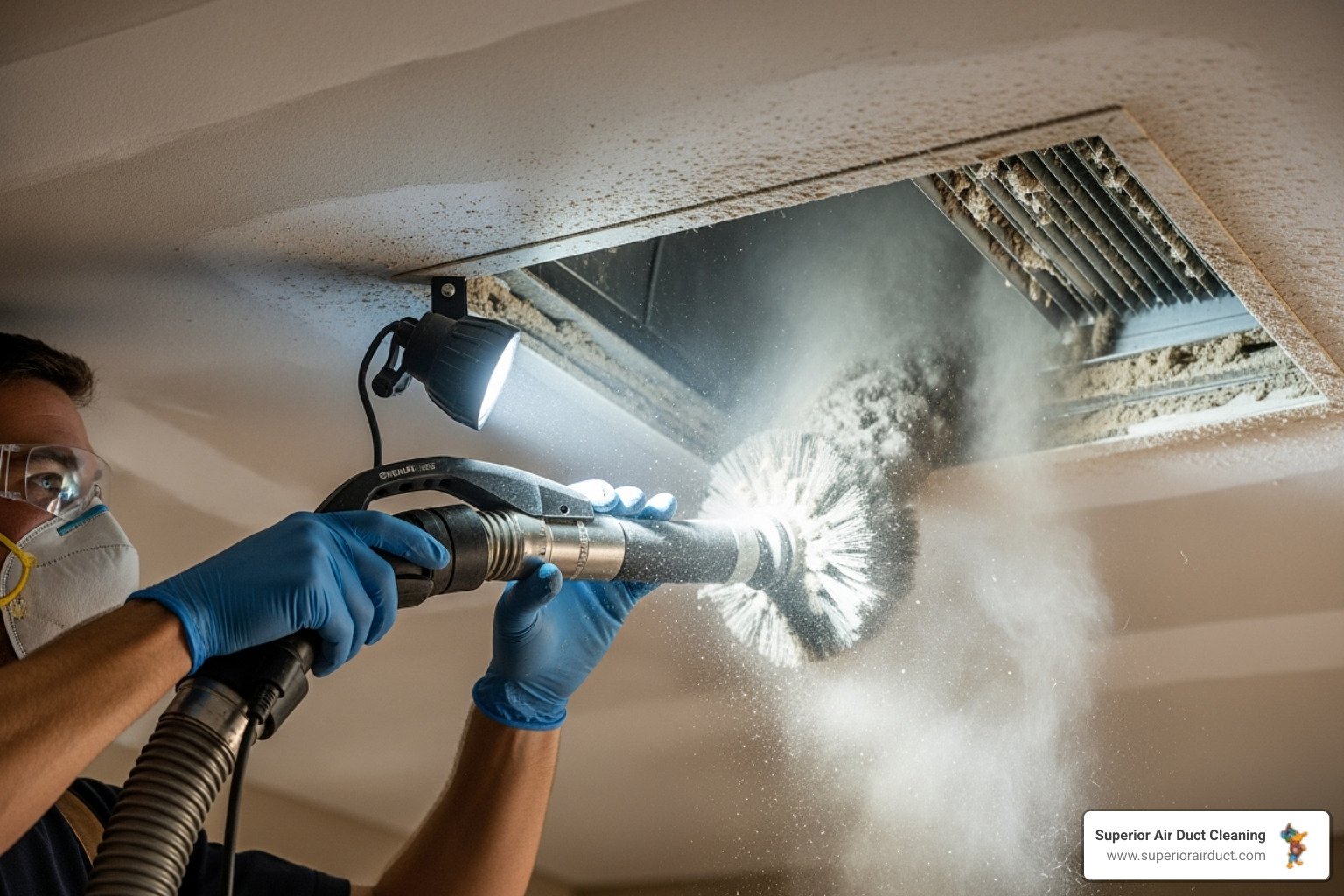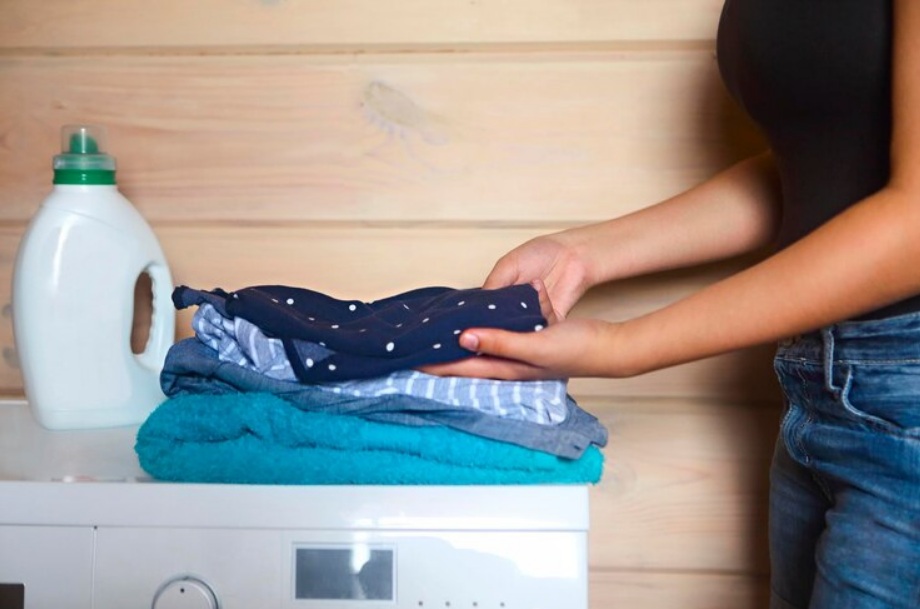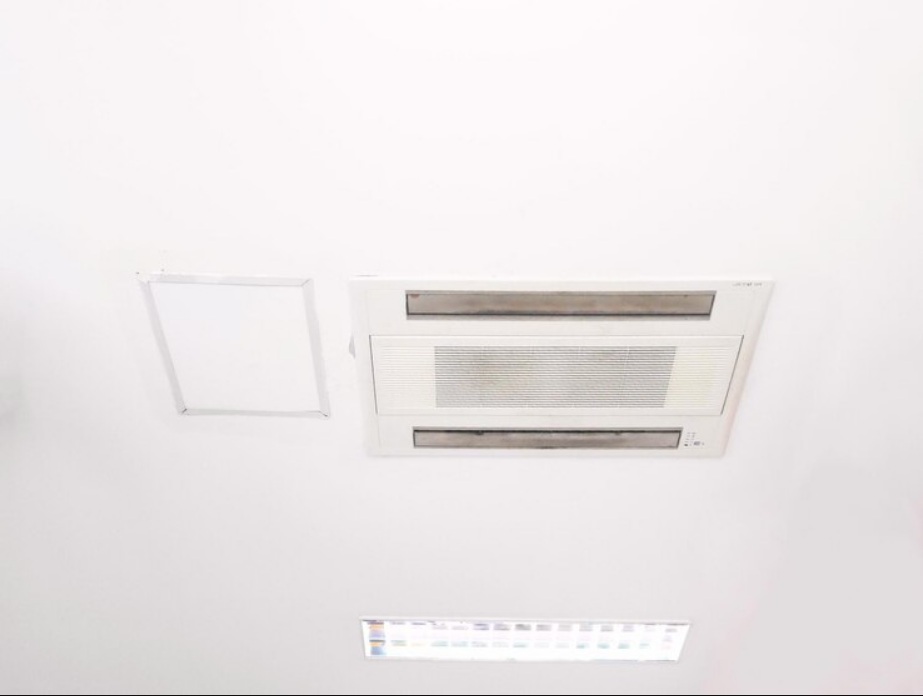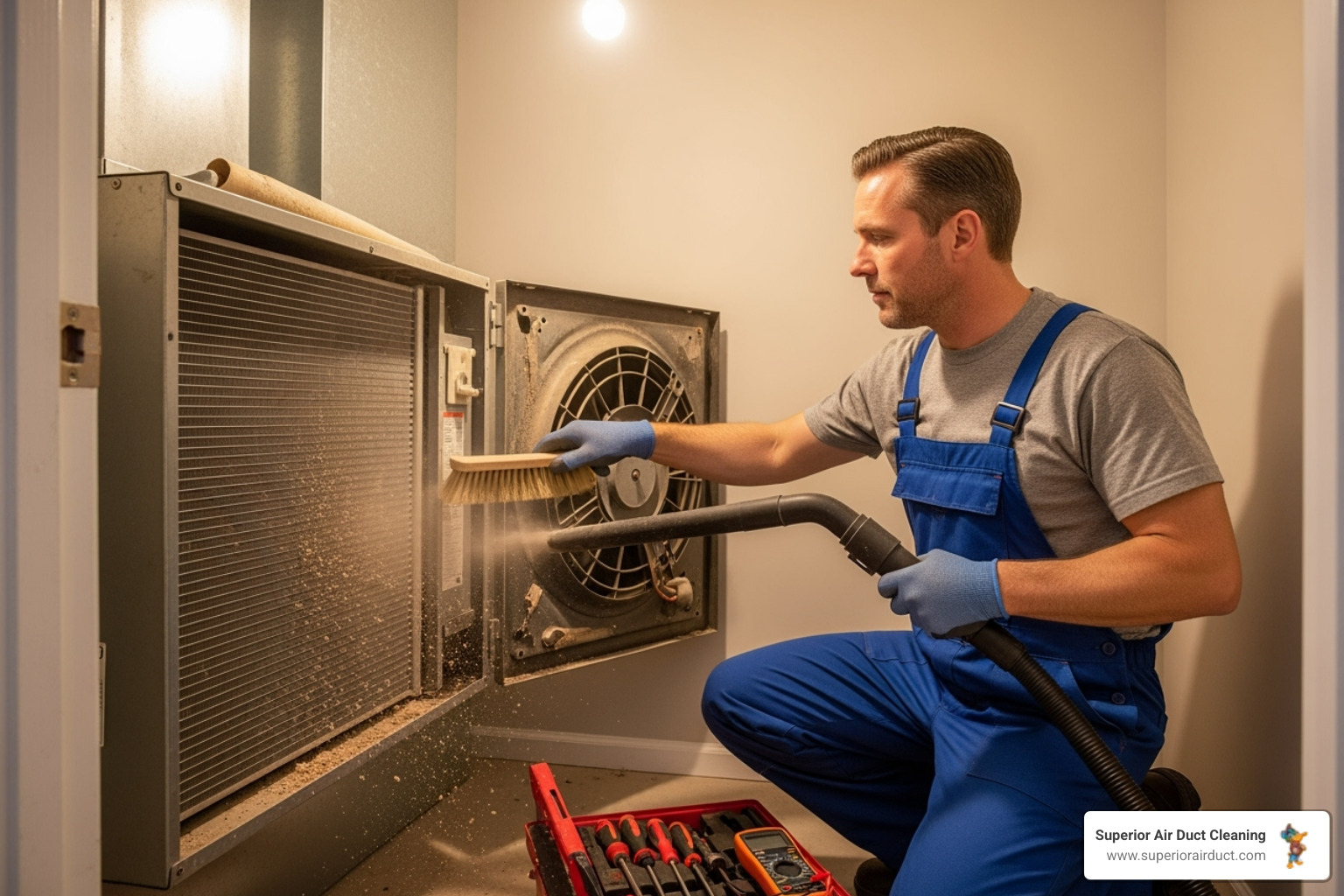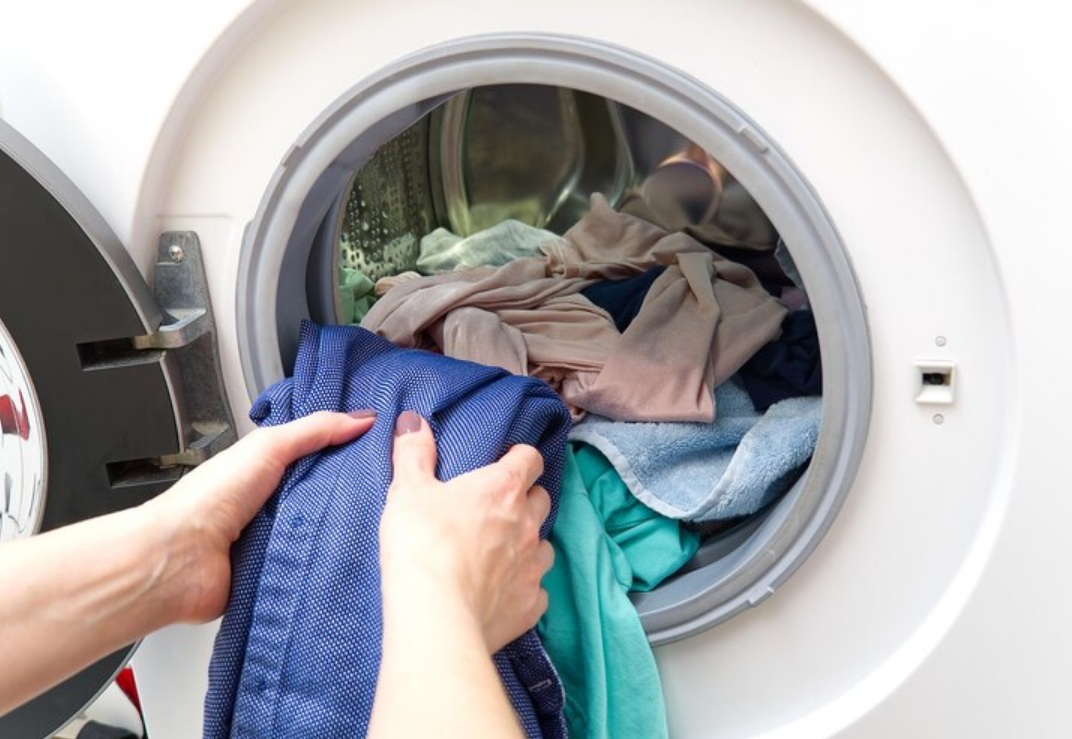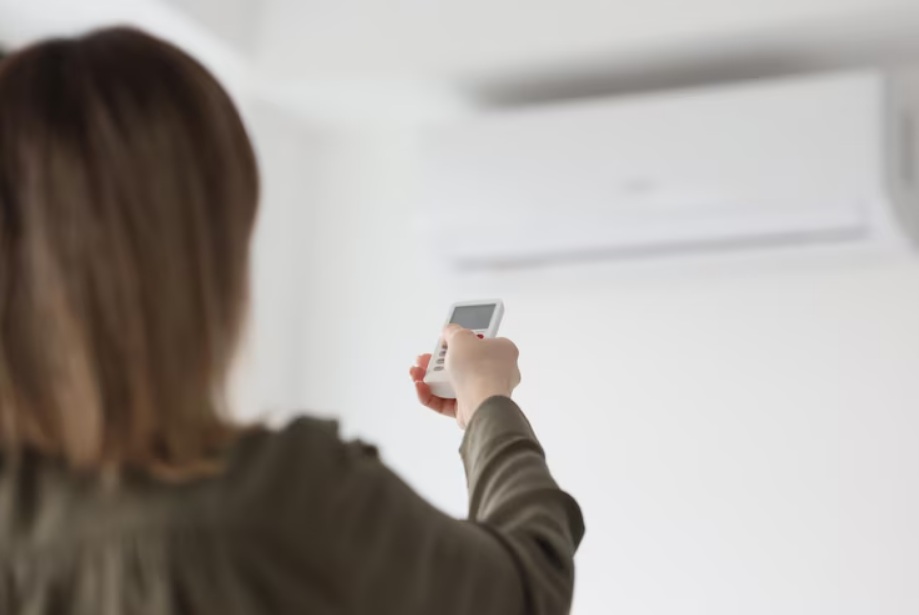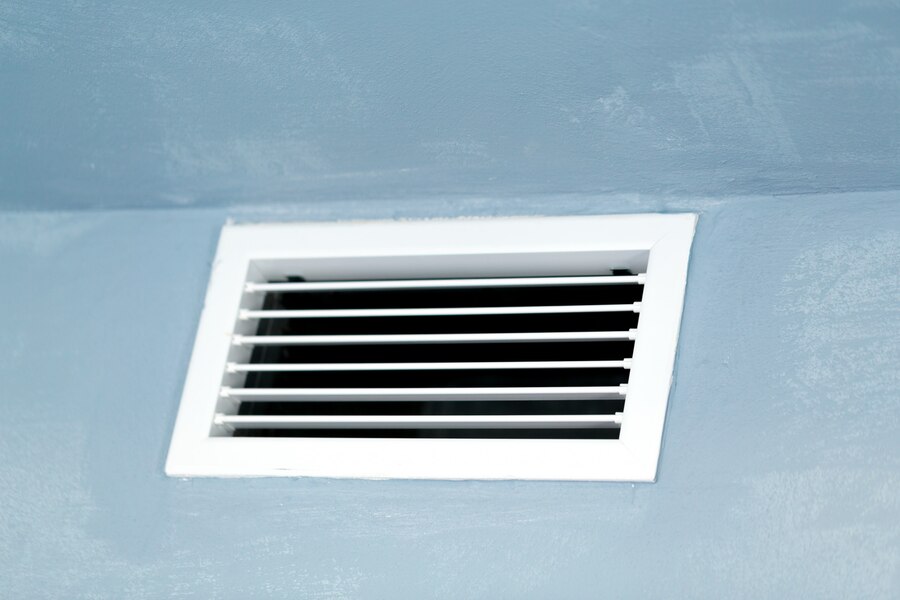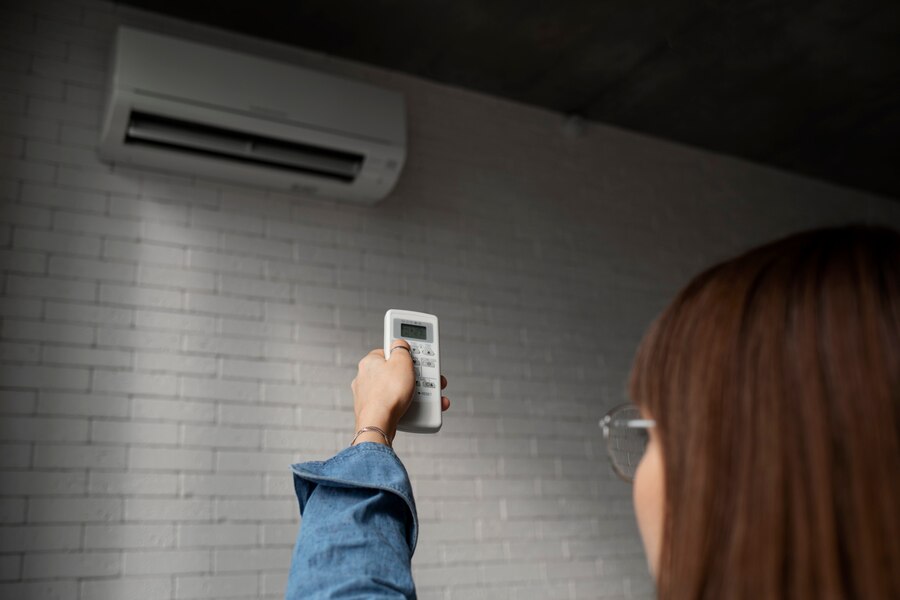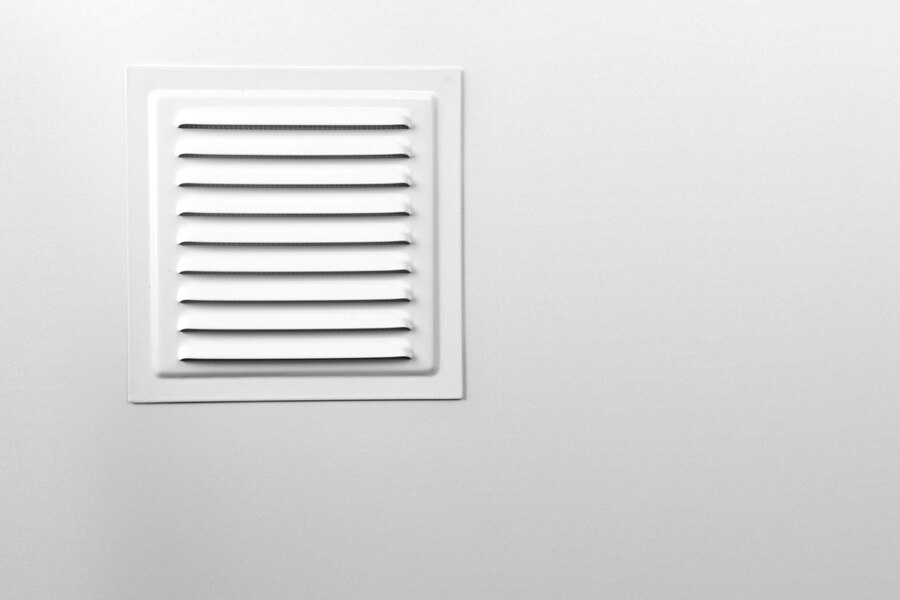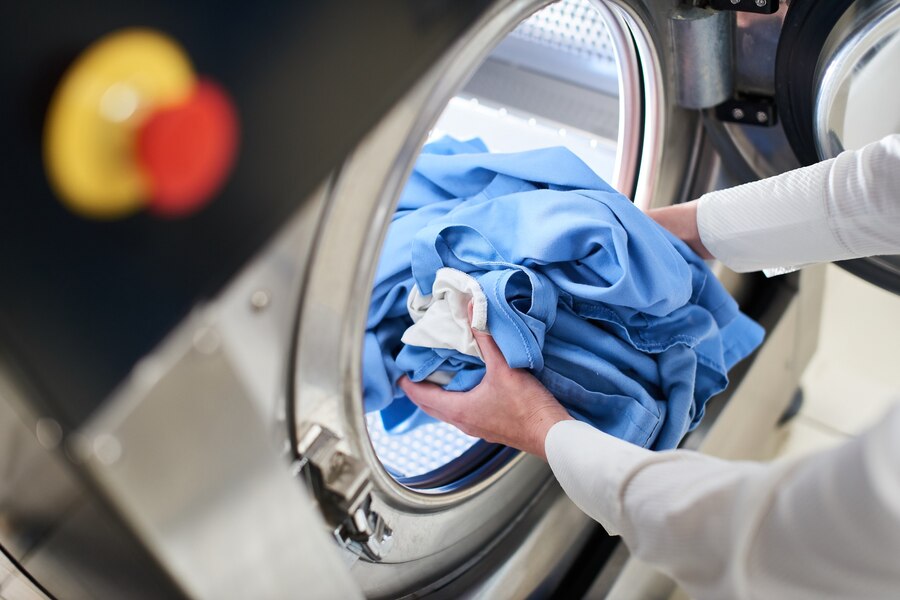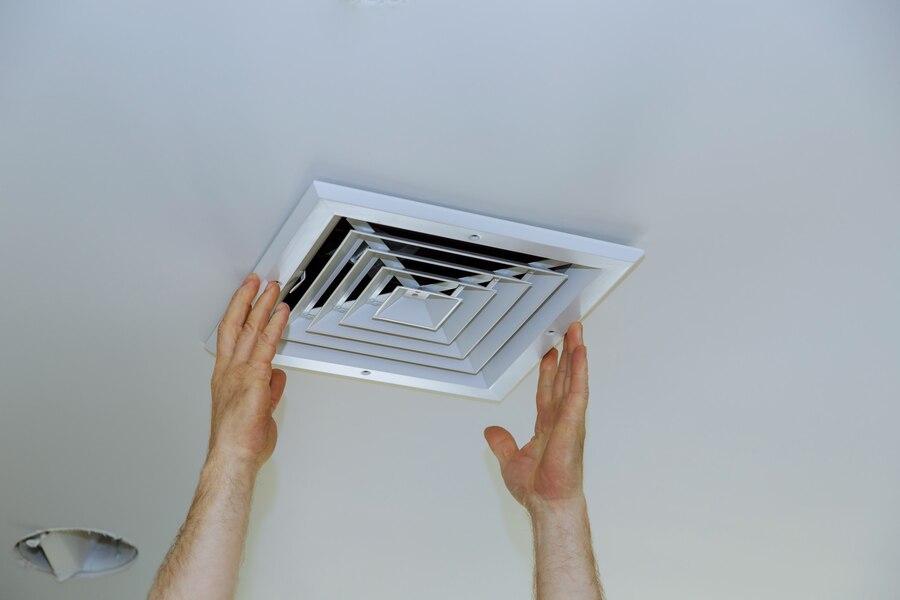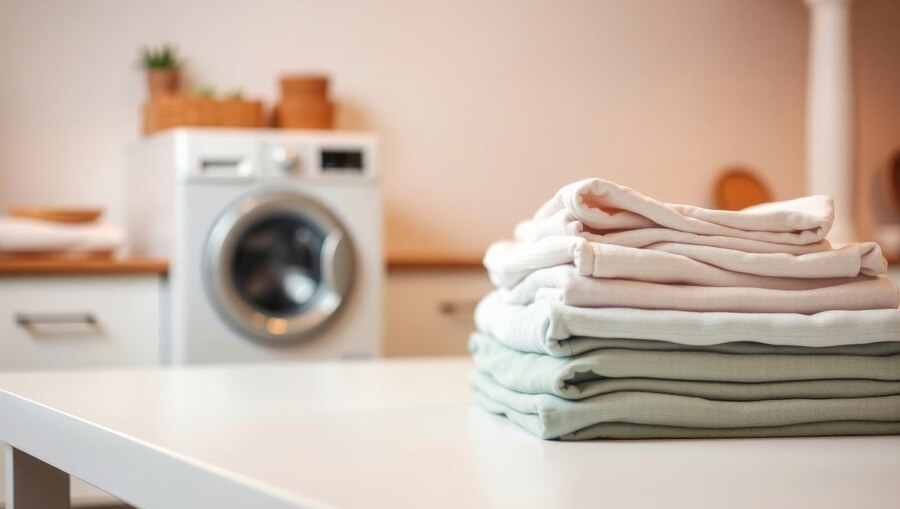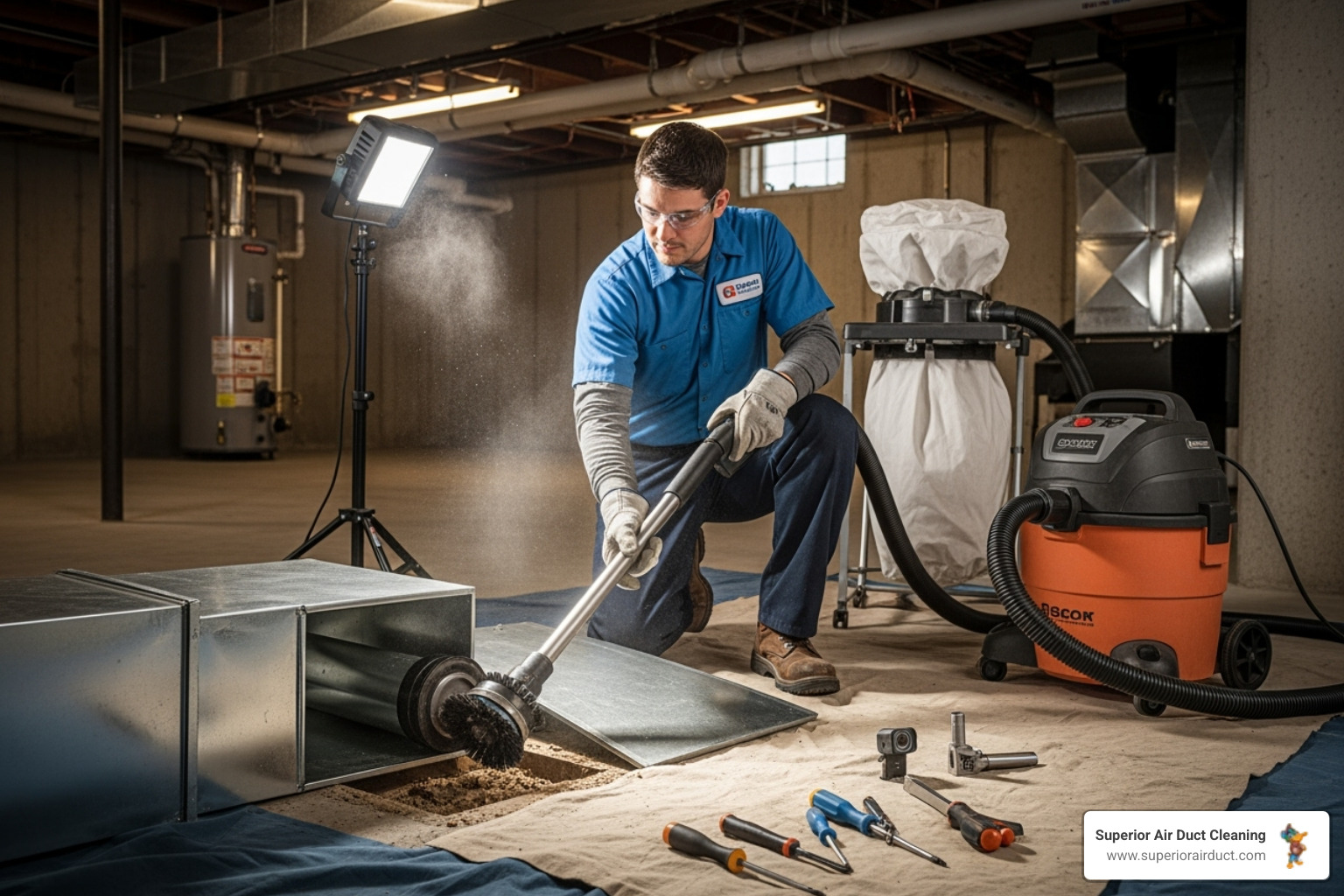
Understanding HVAC Duct Cleaning: What Every Homeowner Should Know
HVAC duct cleaning is the process of thoroughly cleaning your heating, ventilation, and air conditioning system to remove accumulated dust, debris, and other contaminants. A complete cleaning addresses all components, including:
- Supply and return air ducts
- Registers, grilles, and diffusers
- Heat exchangers and cooling coils
- The blower motor and housing
- The air handling unit housing
Your home's ductwork functions like its lungs, circulating air five to seven times per day. This means any contaminants in your ducts are repeatedly distributed throughout your living space. Over time, dust, pet dander, pollen, and mold spores can build up. Since indoor air can be significantly dirtier than outdoor air, a clean HVAC system is crucial for healthy indoor air quality. While not always necessary, duct cleaning becomes an important investment when you see mold, signs of pests, or excessive debris.
I'm John Dean, owner of Superior Air Duct Cleaning. With NADCA certifications as an Air Systems Cleaning Specialist (ASCS) and Certified Ventilation Inspector (CVI), I'm dedicated to helping homeowners understand when this service can make a meaningful difference in their indoor environment.
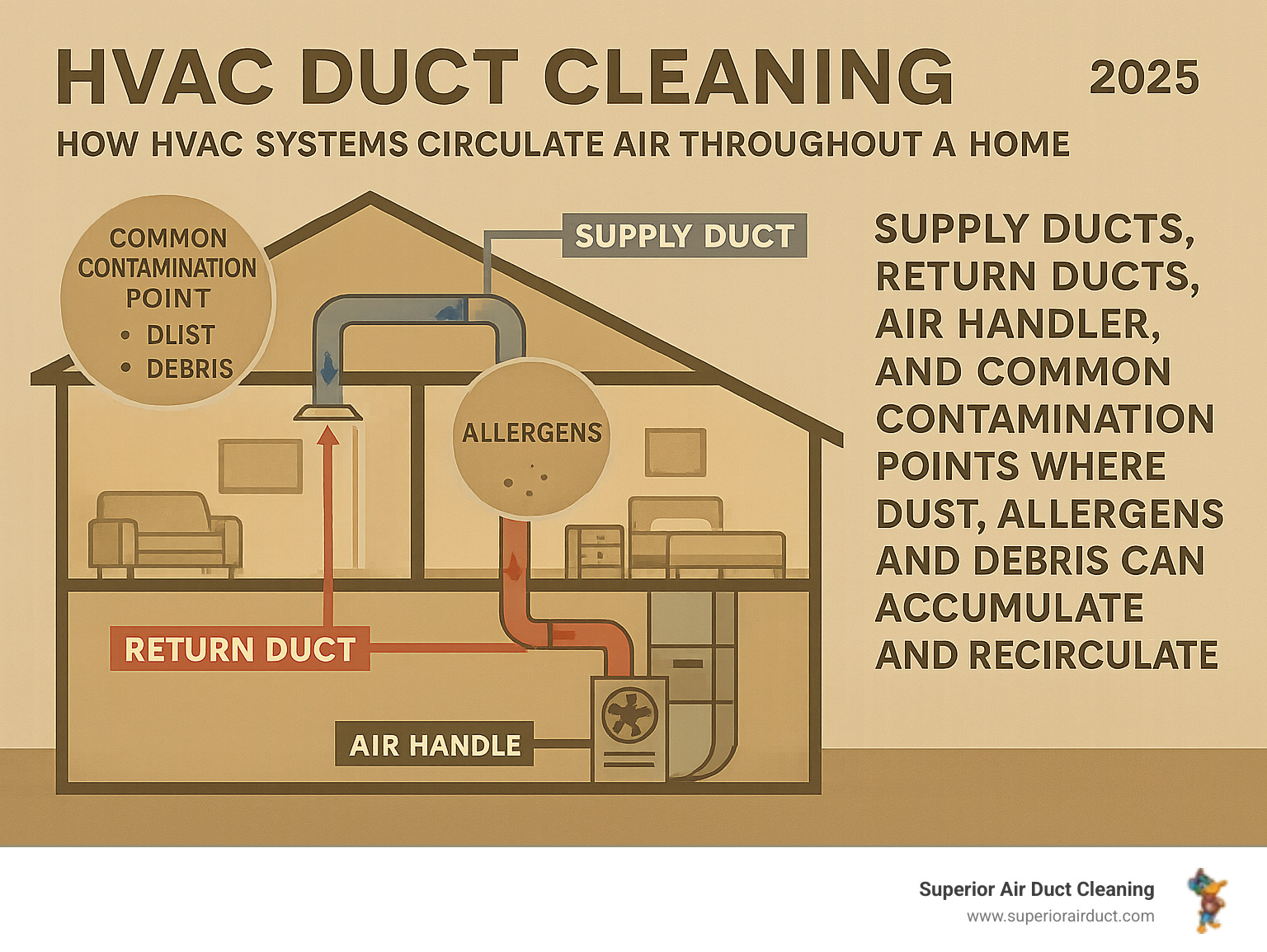
Why Consider Air Duct Cleaning? The Impact on Your Home's Health and Efficiency
Breathing clean air is essential, but the hidden world inside your air ducts can impact your family's comfort and your finances. When dust, pet dander, and pollen accumulate in your ductwork, they are circulated throughout your home every time the system runs. This affects both the air you breathe and how hard your HVAC system must work.
Potential Health and Air Quality Improvements
For family members with sensitivities, contaminated ducts can lead to increased sneezing and respiratory irritation, especially for those with asthma or allergies. Musty odors that linger despite cleaning can also be a sign of mold or mildew within the ductwork, which can release spores into your living spaces.
Pet dander is another common allergen that builds up in ducts and recirculates long after your pet has left the room. Professional HVAC duct cleaning removes these accumulated irritants, giving your indoor air a fresh start.
It's important to have a balanced view. The EPA's perspective on duct cleaning and health notes that cleaning hasn't been definitively proven to prevent health problems in every case, as much of the dirt may adhere to duct surfaces. However, the EPA agrees that cleaning is necessary when you find visible mold growth, evidence of a pest infestation, or excessive debris in your system. In these cases, cleaning is essential for mold and mildew prevention and maintaining a healthy home.
HVAC System Efficiency and Longevity
Dirty ducts can also lead to higher energy bills. When debris buildup obstructs your ductwork, your HVAC system has to work harder to push air through the clogged pathways. This restricted airflow puts a strain on components like the blower motor and coils, causing them to wear out faster and potentially leading to premature system replacement.
This extra effort also impacts your utility bills. A struggling system runs longer to maintain the desired temperature, decreasing its energy efficiency. Research suggests that removing significant debris can improve airflow by 20% or more, allowing your system to operate as intended.
Think of HVAC duct cleaning as preventive maintenance. Just as an oil change protects your car's engine, cleaning your ducts helps prevent premature breakdowns and extends your system's lifespan. For maximum efficiency, consider combining cleaning with sealing duct air leaks for energy savings. Clean, sealed ducts lead to a more efficient HVAC system that serves your family well for years.
The Anatomy of a Professional HVAC Duct Cleaning Service
A proper hvac duct cleaning requires a comprehensive approach that addresses every component of your system. It's not about a quick vacuum of your vents; it's about using specialized methods and equipment for thorough contaminant removal. The industry standard for this is the source removal method, which ensures contaminants are fully extracted from your home, not just stirred up.
What's Included in a Proper HVAC Duct Cleaning?
An effective hvac duct cleaning treats the entire HVAC system as an interconnected unit. According to NADCA (National Air Duct Cleaners Association), a proper cleaning must address all components of a forced-air system.
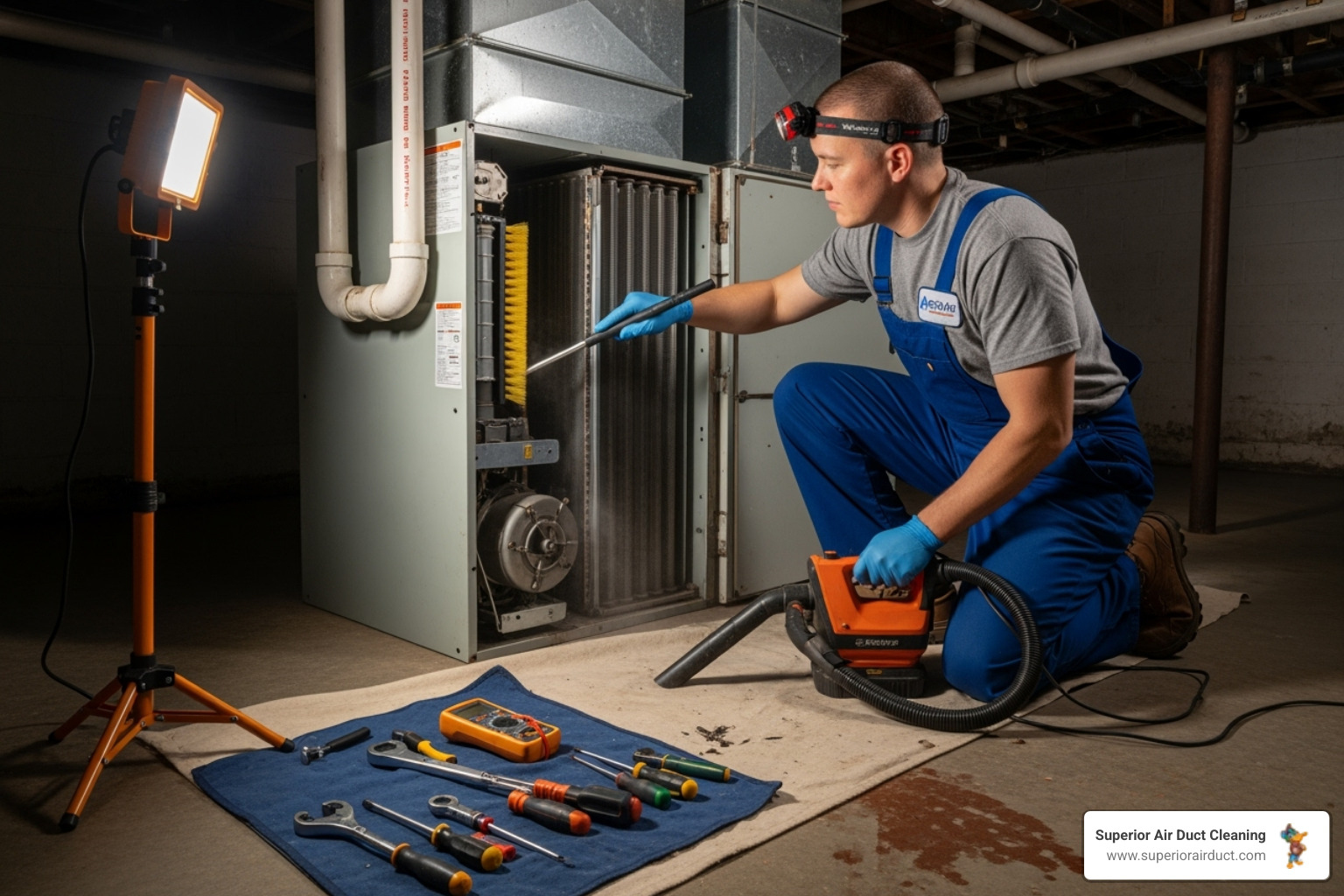
Professional cleaning includes the supply and return ducts, registers, grilles, and diffusers. It also covers the internal components: the blower motor and housing, the heat exchanger, and the evaporator coils, where moisture and debris often collect. The condensate drain pan, air plenum, and air filter housing are also cleaned. This comprehensive approach is vital because leaving any part dirty can lead to rapid re-contamination of the entire system.
The Source Removal Method and Professional Equipment
The source removal method works by creating negative air pressure. We connect powerful vacuum equipment to your ductwork, turning your HVAC system into a giant, contained vacuum. This ensures that any dislodged contaminants are pulled directly into our collection system instead of being released into your home.
While the system is under negative pressure, we use specialized agitation tools like rotating brushes and high-pressure air whips to loosen stubborn debris from duct walls. All loosened material is immediately captured by the vacuum system. Any vacuum that exhausts air indoors must use HEPA filtration to prevent fine particles from re-entering your home's air.
Two main types of vacuum equipment are used:
- Truck-Mounted Systems: These are generally more powerful, creating higher negative pressure ideal for heavy debris. The main unit stays outside, which reduces indoor noise and exhausts all debris externally.
- Portable Systems: While less powerful, these are effective for residential use and necessary for apartments or high-rises. They can be brought directly into the home and, when used by skilled technicians with proper HEPA filtration, deliver excellent results.
The key to success is the proper application of the source removal method by a trained professional, regardless of the equipment type.
A Note on Chemical Biocides and Sealants
Some companies may offer chemical biocides or sealants, but their use is controversial and not always recommended. Chemical biocides are antimicrobials intended to kill mold or bacteria. However, the EPA has not registered any biocides for use on porous materials like fiberglass ducts. Both the EPA and NADCA recommend replacing wet or moldy fiberglass duct material rather than treating it with chemicals.
Sealants are coatings marketed to encapsulate dust or seal contaminants. However, organizations like NADCA, NAIMA, and the EPA do not recommend their routine use. There are concerns about their long-term safety and effectiveness, and they can negatively affect the properties of fiberglass-lined ducts. Sealants should never be a substitute for proper cleaning. Our approach focuses on thorough mechanical cleaning, which is proven to be safe and effective.
Telltale Signs: When Is Duct Cleaning Necessary?
Many homeowners ask, "Do my ducts actually need cleaning?" Since hvac duct cleaning isn't an annual task like changing an air filter, it's a fair question. The need for cleaning is typically reactive, in response to clear warning signs, or proactive, based on specific life events.
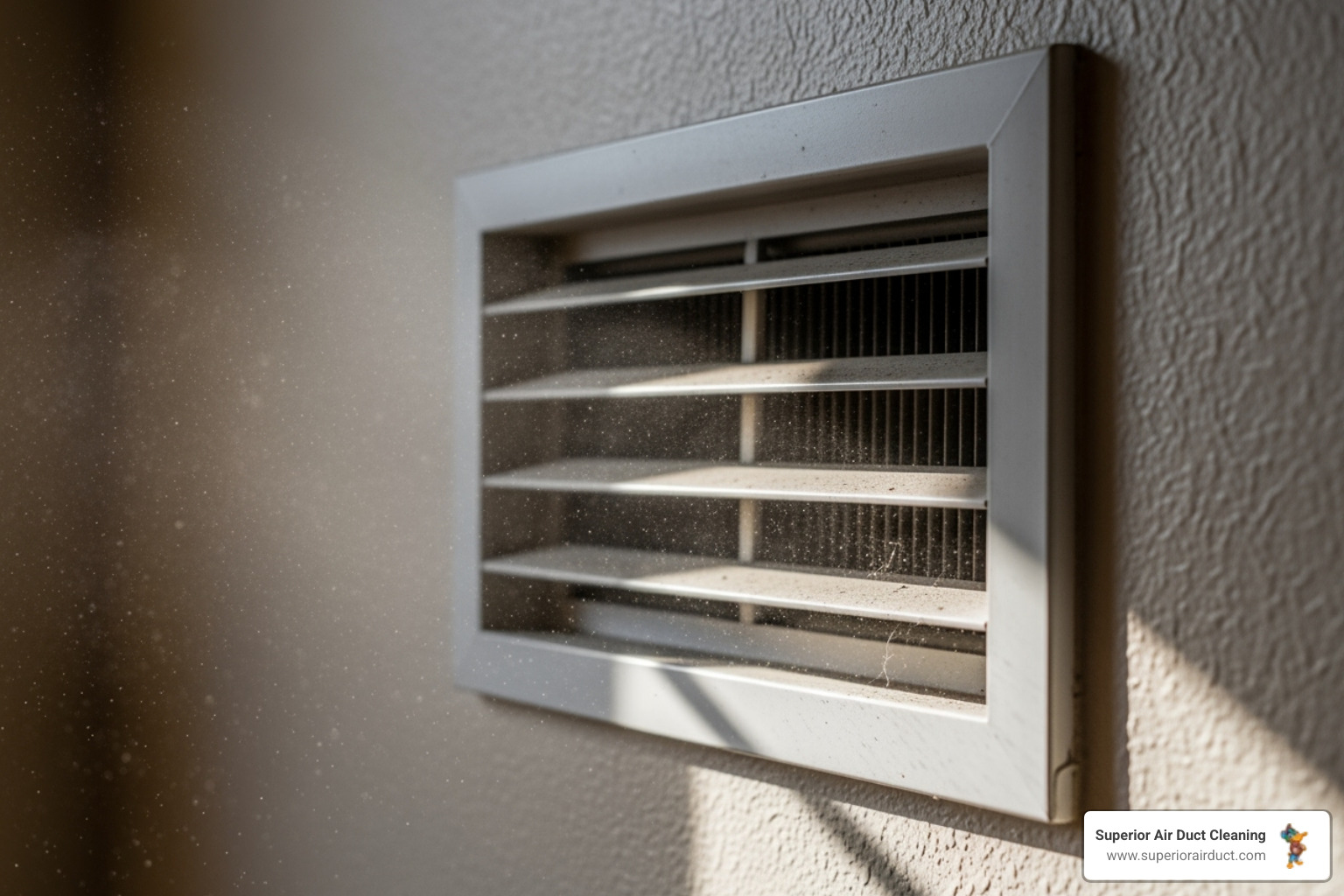
Visible Cues and Unpleasant Odors
Your home often provides obvious signals when your air ducts need attention. Look for these indicators:
- Substantial visible mold growth: If you see mold on the inside surfaces of hard ducts or on other HVAC components, it's a red flag. Mold spores can be distributed throughout your home when the system runs. Insulated air ducts that are wet or moldy should be replaced, as they cannot be effectively cleaned.
- Excessive dust and debris: While some dust near return registers is normal, dust blowing out of your supply vents or an unusual and rapid accumulation of dust on furniture indicates a significant buildup in your ducts.
- Pest infestation evidence: Finding droppings, insect remains, or nests in your ductwork means your system is circulating bacteria and pathogens from their waste throughout your home.
- Persistent musty or stale smells: Odors coming from your vents when the system is on often point to mold, mildew, or bacteria thriving in a moist environment within the ductwork.
Key Life Events That Warrant a Cleaning
Certain events can introduce a large volume of contaminants into your HVAC system, making hvac duct cleaning a smart preventive measure.
- After home renovations or construction: Projects involving drywall or sanding generate fine dust that easily finds its way into ductwork. This construction dust can be harmful if continuously inhaled.
- Moving into a new or previously occupied home: You don't know the habits of previous occupants. They may have had pets, been smokers, or done renovations. Even new construction homes often have ducts filled with sawdust and debris left by crews.
- After water damage or flooding: Moisture in your HVAC system creates a perfect breeding ground for mold and bacteria. The moisture source must be fixed first, followed by professional cleaning to remove any resulting contamination.
- New or worsening allergies: If a family member's respiratory symptoms or allergies suddenly worsen without an obvious cause, your HVAC system could be circulating irritants that are contributing to the problem.
Finding a Qualified Professional and Maintaining Your System
Choosing the right professional for hvac duct cleaning is crucial, as the industry has some operators who use deceptive tactics. You want a technician who is properly trained, transparent, and won't sell you unnecessary services.
How to Choose a Reputable Company
When vetting a professional hvac duct cleaning service, use this checklist:
- NADCA Certification: This is the most important credential. The National Air Duct Cleaners Association sets the industry standard for cleaning practices. Look for companies with Air Systems Cleaning Specialists (ASCS) on staff. NADCA members adhere to a Code of Ethics and follow the ACR, The NADCA Standard for Assessment, Cleaning & Restoration of HVAC Systems.
- Proof of Insurance and Licensing: A reputable company will provide proof of liability and worker's compensation insurance, as well as any required local licenses. This protects you from liability.
- References and Reviews: Check online reviews on Google or the Better Business Bureau and ask for customer references. Word-of-mouth referrals are often very reliable.
- Avoid "Blow-and-Go" Scams: Be wary of ads promising whole-house cleaning for an impossibly low price (e.g., under $100). These companies often do a poor job with inadequate equipment and then pressure you into expensive add-ons. Proper cleaning takes time and specialized tools.
- Transparency and Comprehensive Service: A professional company provides a written estimate, explains their process, and addresses the entire HVAC system, not just the ducts. If your system has fiberglass components, they should follow NAIMA's recommendations for fiberglass ducts.
Simple Maintenance You Can Do Between Cleanings
Between professional services, you can take simple steps to maintain your system and indoor air quality.
- Regularly change your air filters: This is the most important task. A clean filter is your first line of defense against dust and allergens. Use the highest efficiency filter recommended for your system and change it every 1-3 months.
- Keep vents and registers clean and unobstructed: Vacuum or wipe down your registers and grilles monthly. Ensure they are not blocked by furniture or rugs, which can restrict airflow.
- Regular home vacuuming: Using a vacuum with a HEPA filter reduces the amount of dust and debris on floors and furniture that can be pulled into your HVAC system.
- Prevent moisture: Promptly address any water leaks. Ensure your HVAC system's condensate pan is draining correctly and check for condensation on ducts in unconditioned spaces like attics or crawl spaces.
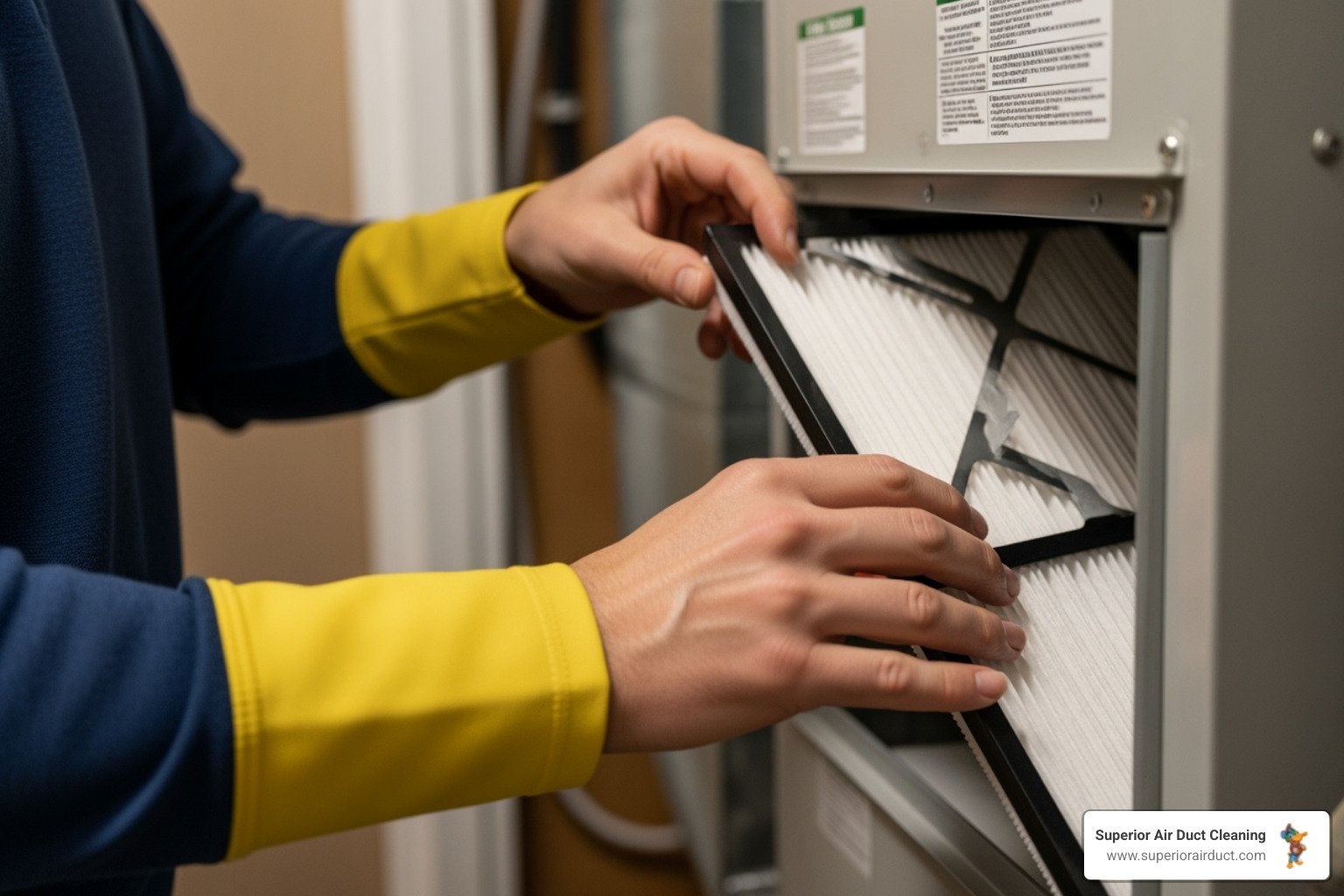
Frequently Asked Questions about HVAC Duct Cleaning
Here are answers to some of the most common questions homeowners have about hvac duct cleaning.
How long does a professional duct cleaning service typically take?
The time required depends on several factors. For a typical single-system home, the process usually takes 90 minutes to 2.5 hours. It's not uncommon to remove five to six pounds of dirt and debris. Larger homes, properties with multiple HVAC systems, or those with significant contamination (e.g., post-construction) may require three to four hours with two technicians. A reputable company will provide a realistic time estimate based on your specific system.
Will the cleaning process create a mess in my home?
No. When hvac duct cleaning is performed correctly, it should not create a mess. Professional companies use drop cloths and protective sheeting to protect your home. We seal off individual registers to focus the suction within the ducts. The source removal method uses powerful negative pressure containment, pulling all dislodged debris directly into a collection system. If a truck-mounted unit is used, debris goes straight outside. With portable units, HEPA filtration traps all particles, preventing them from entering your living space.
Is duct cleaning necessary if no one in my home has allergies?
While allergy relief is a common reason for duct cleaning, it's not the only one. There are other important benefits to consider:
- General Dust Reduction: All homes accumulate dust, which settles in ductwork and gets recirculated. Cleaning reduces the overall dust level in your home.
- HVAC System Efficiency: Debris buildup forces your system to work harder, which can increase energy bills and shorten the equipment's lifespan. A clean system runs more efficiently.
- Odor Removal: Dirty ducts can develop musty or stale smells from moisture or biological growth. Cleaning eliminates these odors at the source.
- Contaminant Removal: If you've had recent construction or a pest problem, cleaning is important for removing harmful debris like drywall dust or pest droppings from your air, regardless of allergies.
Conclusion
Understanding your home's hvac duct cleaning needs is a key part of maintaining a healthy living environment. While not every home requires immediate service, paying attention to signs like visible mold growth, pest infestations, or excessive dust can tell you when it's time for professional care. A proper cleaning can significantly improve your home's air and your HVAC system's efficiency.
You now know what a professional cleaning entails, from the source removal method to the importance of hiring a NADCA-certified company. You are also equipped to spot deceptive pricing schemes and understand the value of simple maintenance, like changing your air filter.
Your home is your sanctuary, and the air you breathe inside it matters. Whether you're dealing with post-renovation dust, moving into a new home, or just want your system to run more efficiently, professional hvac duct cleaning is a valuable service.
At Superior Air Duct Cleaning, we've seen how a thorough cleaning can transform a home's air quality. We are proud to serve communities across Pennsylvania, Ohio, and West Virginia with our NADCA-certified expertise and commitment to honest, effective service.
Ready to learn more about how we can help your home breathe better? Learn more about our professional air duct cleaning services in Gibsonia, PA and find what clean indoor air can mean for your family.

Customer Reviews




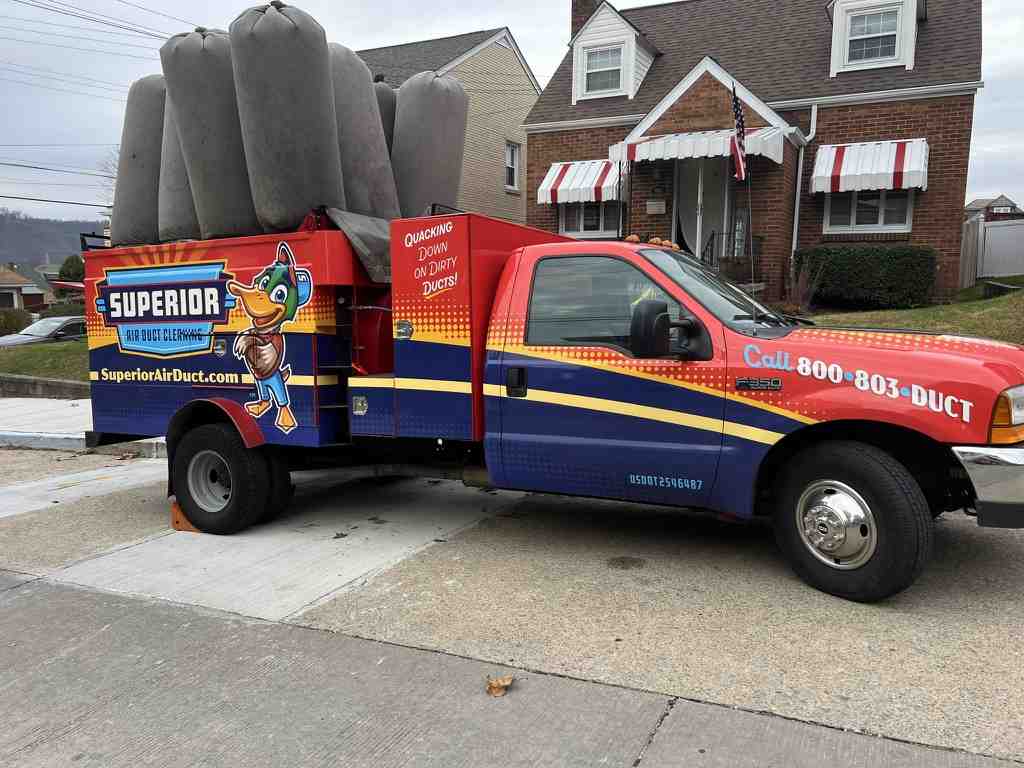

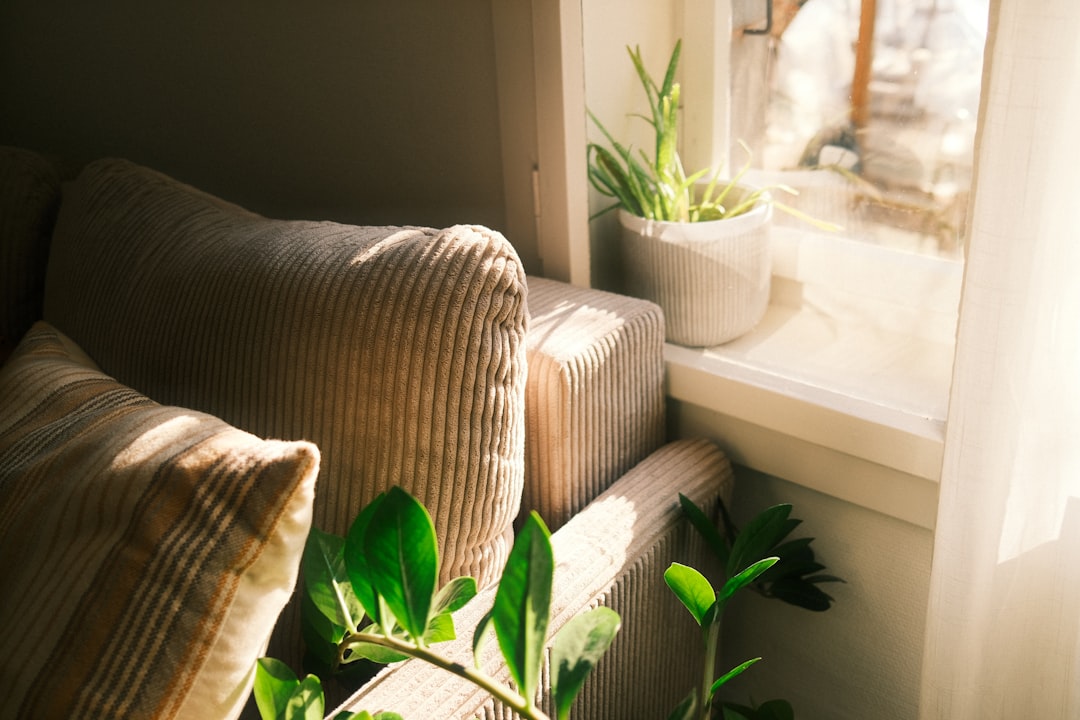
I need to find a service to remove dust from the air ducts in my Pittsburgh home. Who should I call?
